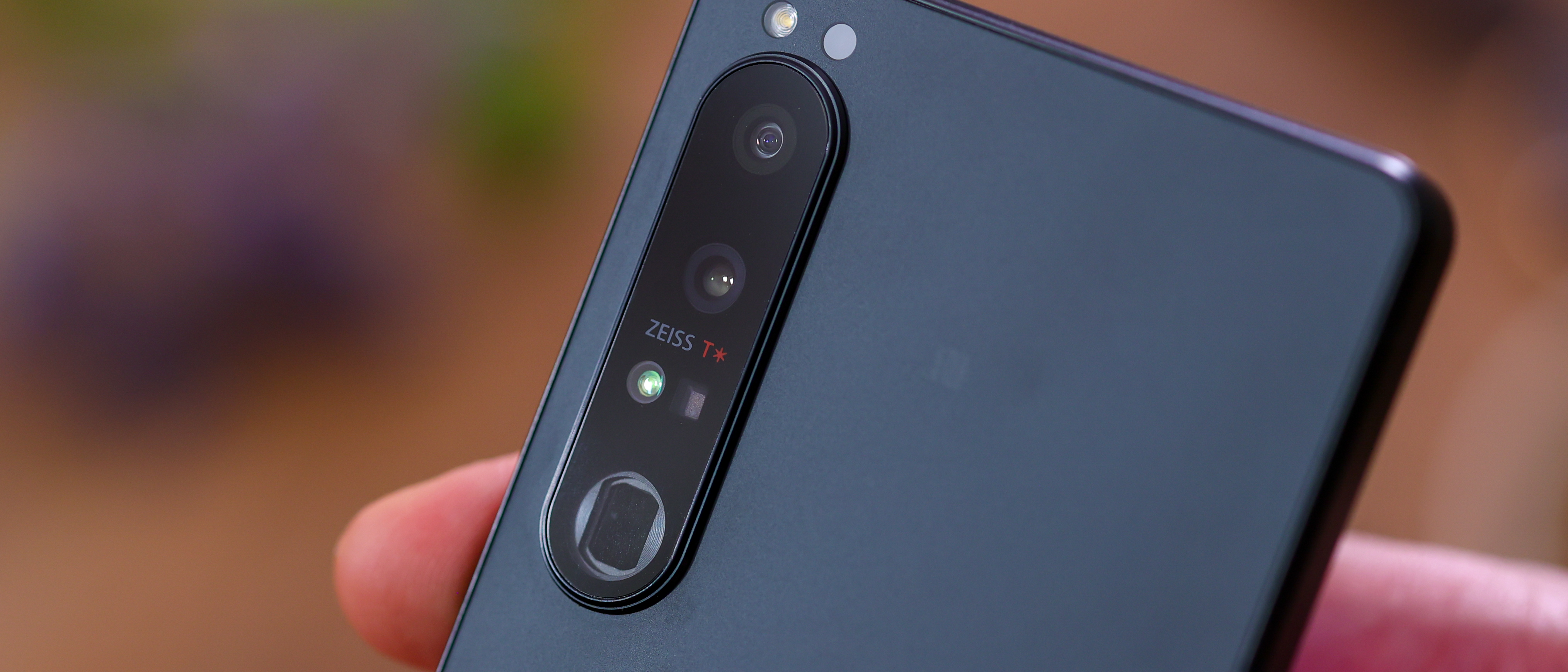Digital Camera World Verdict
Sony's color science and camera apps are a cut above the smartphone competition, and with its incredible new optically zooming lens, which adds the full 85-135mm range, the Sony Xperia 1 IV is a wonder. Despite being an incredibly compelling camera phone though, heat management issues and occasional UI gremlins hold this phone back from a five-star score, especially given its high price.
Pros
- +
Groundbreaking zoom technology
- +
Powerful camera apps
- +
Excellent design and screen
- +
Bravia Core adds value
Cons
- -
Overheats with prologued camera use
- -
Secondary cameras struggle in low light
- -
Occasional bugs in the UI
- -
Very expensive
Why you can trust Digital Camera World
Sure, everyone can enjoy a phone like the Xperia 1 IV, but Sony makes camera phones for camera fans – it's that simple. Camera fans can dive into the detail – eke out the extra value hidden within the three (yes, three) camera apps pre-loaded on the phone.
The Xperia 1 IV is particularly exciting given its world-first tech. This is the first phone to support 120fps video capture across all its rear cameras. Most impressive, though, is the inclusion of a true optical zoom. The phone's periscope camera can take you from 85mm to 125mm continuously, despite the fact the Xperia 1 IV is a slim, fine-looking slab of frosted glass and blasted metal.
Costing $1,599 in the US and £1,299 in the UK, Sony's new flagship pricing is punchy, to say the least. This is significantly more than Apple's 256GB iPhone 13 Pro Max, and Samsung's 256GB Galaxy S22 Ultra.
Does this high price relegate the Xperia 1 IV to a customer base of well-to-do enthusiasts only, or does the phone compete and beat the competition in enough areas to justify the cost and give it a wider appeal?
Also read our guide to the best Android phones.
Sony Xperia 1 IV design and screen
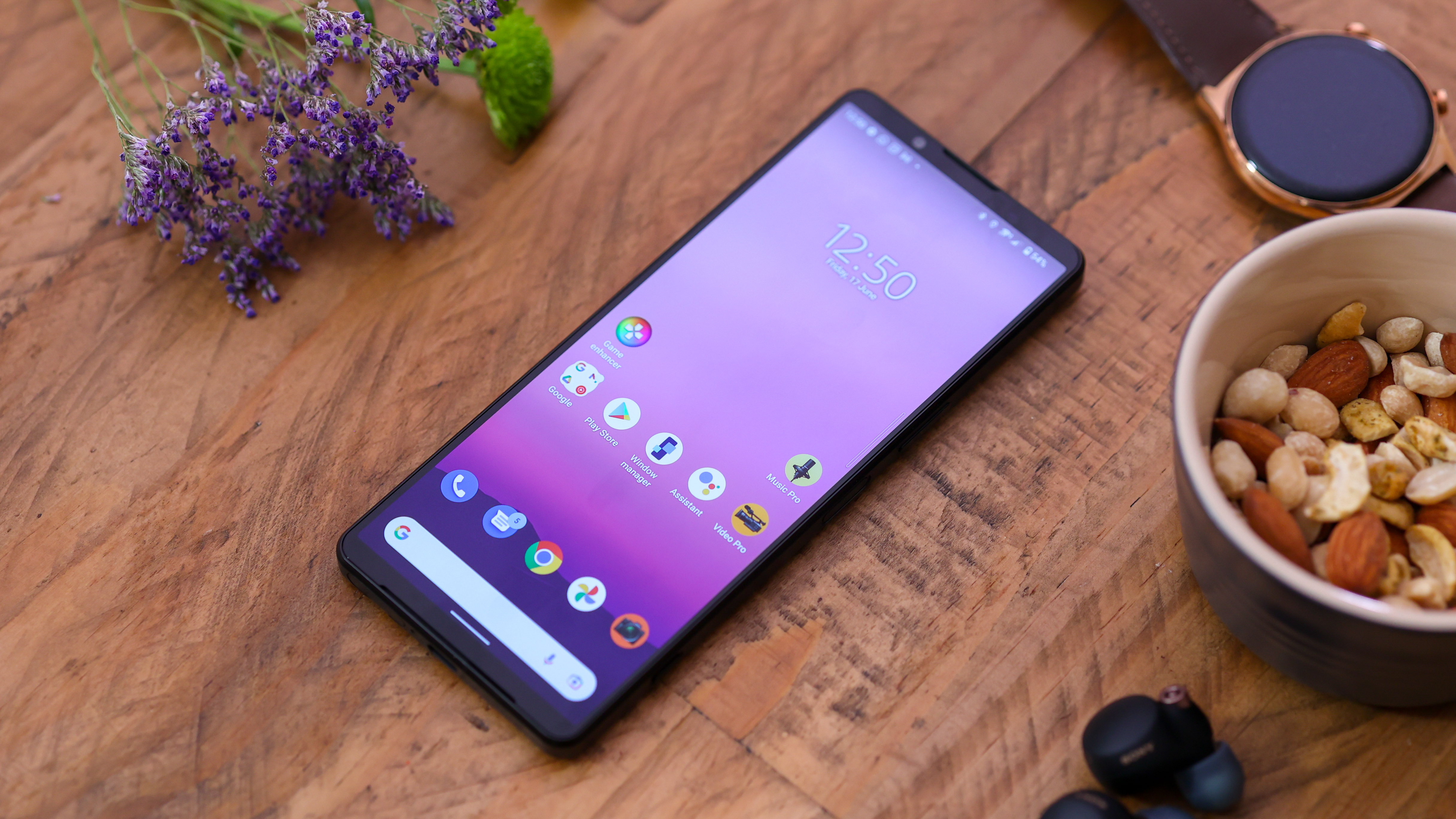
With its 21:9 screen measuring 6.5 inches, the Sony Xperia 1 IV is taller than the competition. This is part of Sony's Xperia design DNA, and the Xperia 1 IV doesn't take any risks for its 2022 flagship, bringing back a frosted back and matte, metal frame for a rich-feeling package.
Available in Black, Purple, and white, the Xperia 1 IV is a classical mix of flat glass on the front and back and flat, metal sides. IP68 dust and water protection should add some peace of mind for anyone using the phone in wet conditions, and there's Gorilla Glass Victus on both sides for added hardiness.
Unlike many smartphones today – mainly Chinese brands like OPPO, Realme, and Xiaomi, the Xperia 1 IV doesn't include a case in the box. In fact, like new Galaxys, iPhones, and Pixels, Sony doesn't even include a power brick – and even goes a step further, removing the charging cable.
No charging cable will no doubt leave some frustrated. If you can get over that, though, and have cables from other devices – most use USB-C connectivity these days, Sony's move makes sense when it comes to reducing e-waste.
As with past Sony flagships like the Xperia 1 III and Xperia Pro-I, the 1 IV has a physical camera button, and it's great. Not too spongy, textured so easy to find and with discernable half-press-to-focus. Also on the right side is a fingerprint scanner/power button combo and a volume rocker.
The phone's USB-C port is at the base alongside the SIM tray, which also has room for a microSD card, and at the top is a 3.5mm headphone jack. Around the back is a modest camera bump given the Xperia 1 IV's zooming capabilities, and on the front, a tall, bold screen with speakers either side, as well as that new 12MP selfie camera.
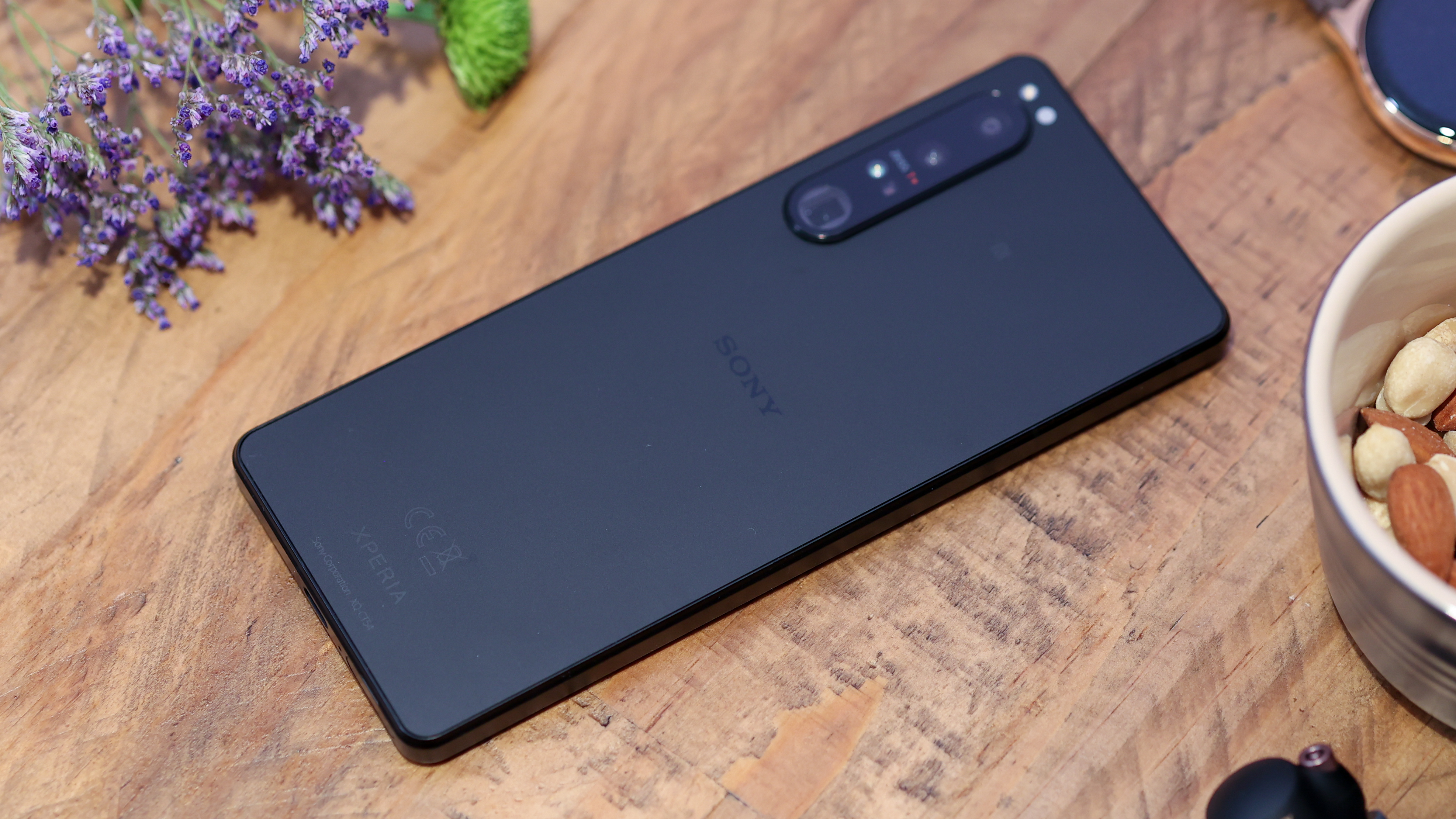

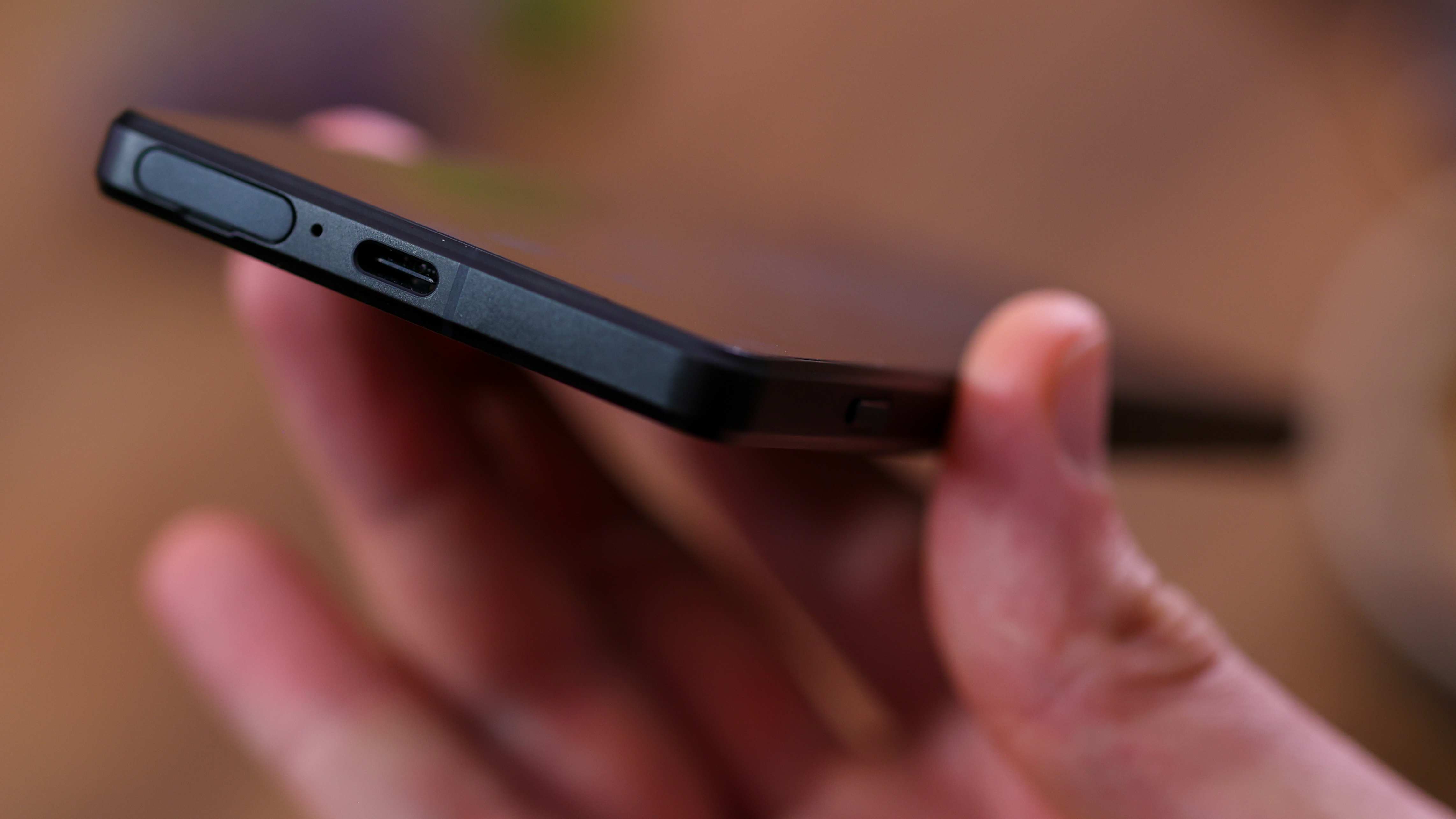
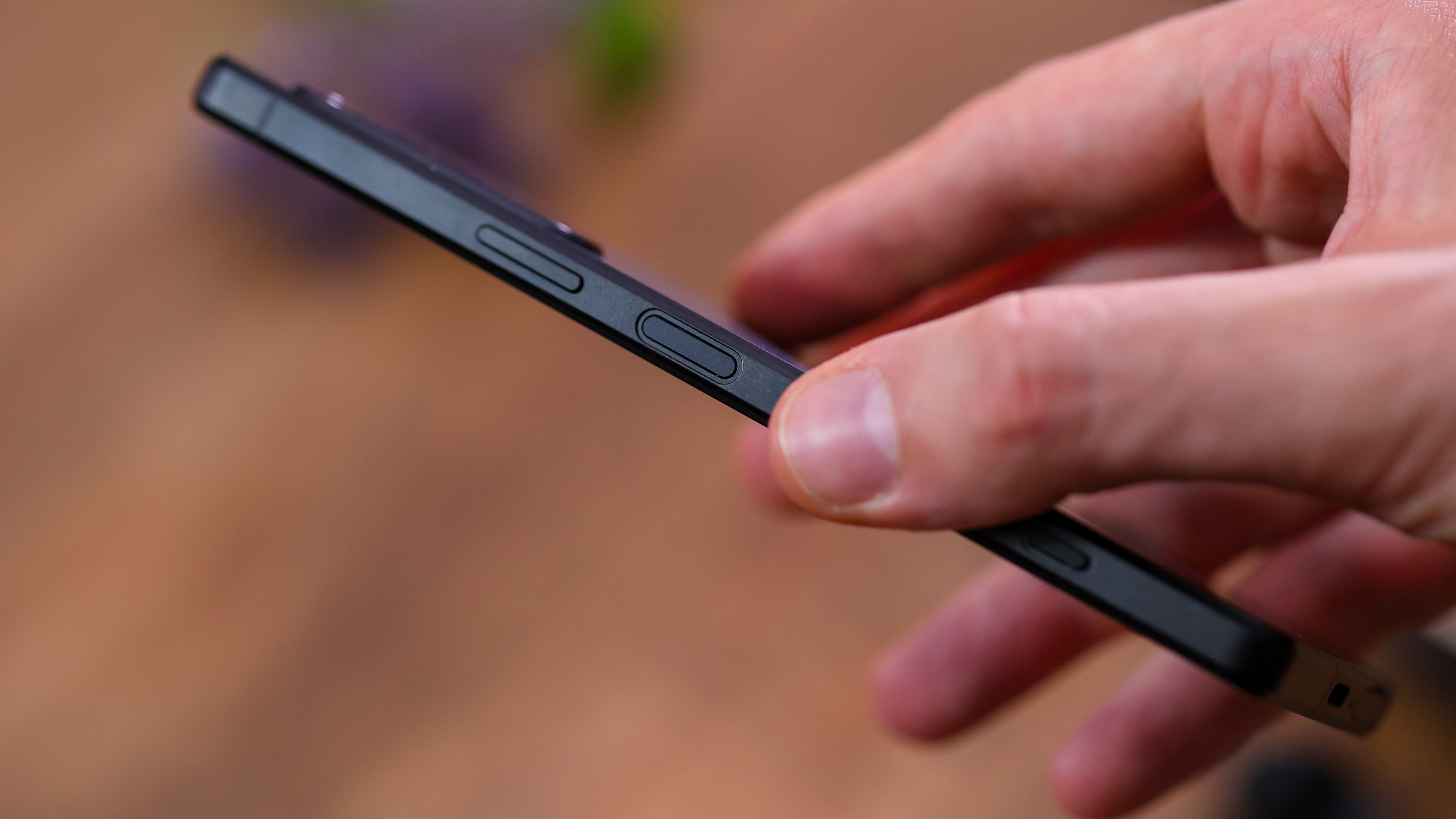
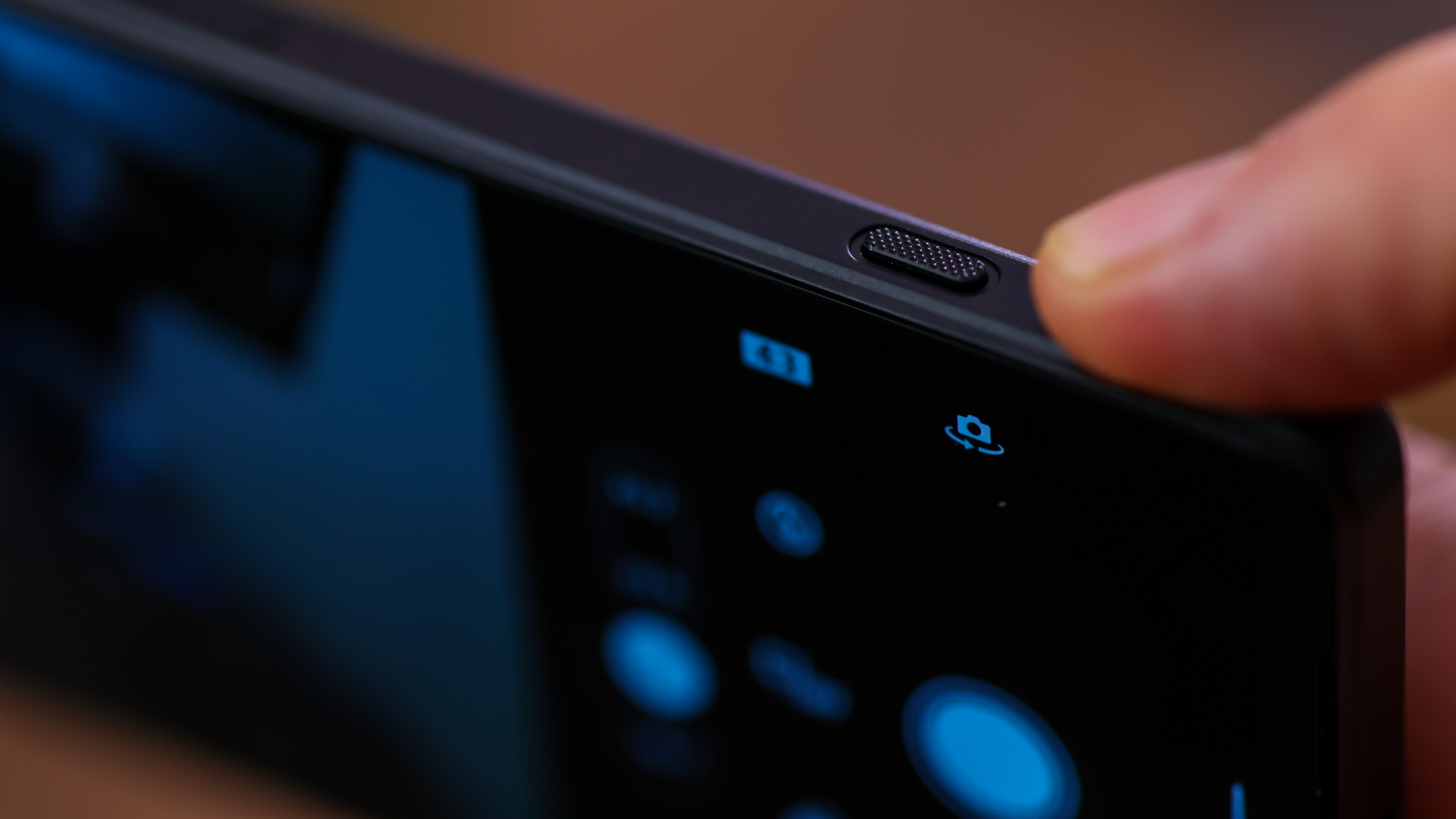
At 6.5 inches, the Xperia 1 IV screen isn't huge on paper, but with a 21:9 aspect ratio, this phone is tall. Taller than the iPhone 13 Pro Max, and around the same height as the 6.8-inch Galaxy S22 Ultra. It's also narrow though, making it more manageable than Samsung's top-end Galaxy phone, and Sony's also included a handy sidebar to make one-handed use easier.
Bringing back most of the same specs we saw on last year's Xperia 1 III, the main upgrade this year is screen brightness. The Xperia 1 IV brings back best-in-class, 4K clarity with over 600 pixels-per-inch of screen, and combines it with a 120Hz OLED panel. Climbing to around 1000 nits when battling direct sunlight, the phone's outdoor viewability is significantly better than its predecessor's.
The Xperia 1 IV also comes preloaded with multiple viewing modes, including the nuanced, natural-looking Creator Mode, which displays content in BT.2020 color space, or a standard, more zingy display mode. Whichever you opt for, the phone showcases strong viewing angles and all-around quality.
Sony Xperia 1 IV camera
The Sony Xperia 1 IV's quad-camera system is made up of three 12MP cameras around the back and a ToF depth sensor. While Sony makes the sensors for other flagships, including the huge, 1-inch sensor in the Xiaomi 12s Ultra, for its own flagship, it opts for a comparatively small 1/1.7-inch Sony IMX 557, matched with a wide f/1.7 lens and OIS keeping things steady.
What is great about the Xperia 1 IV camera system is that the ultra-wide camera lens features autofocus, and is matched with a 124-degree field of view. The 12MP sensor is a 1/2.55-inch IMX 563, and it's the same sensor that powers the Galaxy Z Flip 3's main camera.
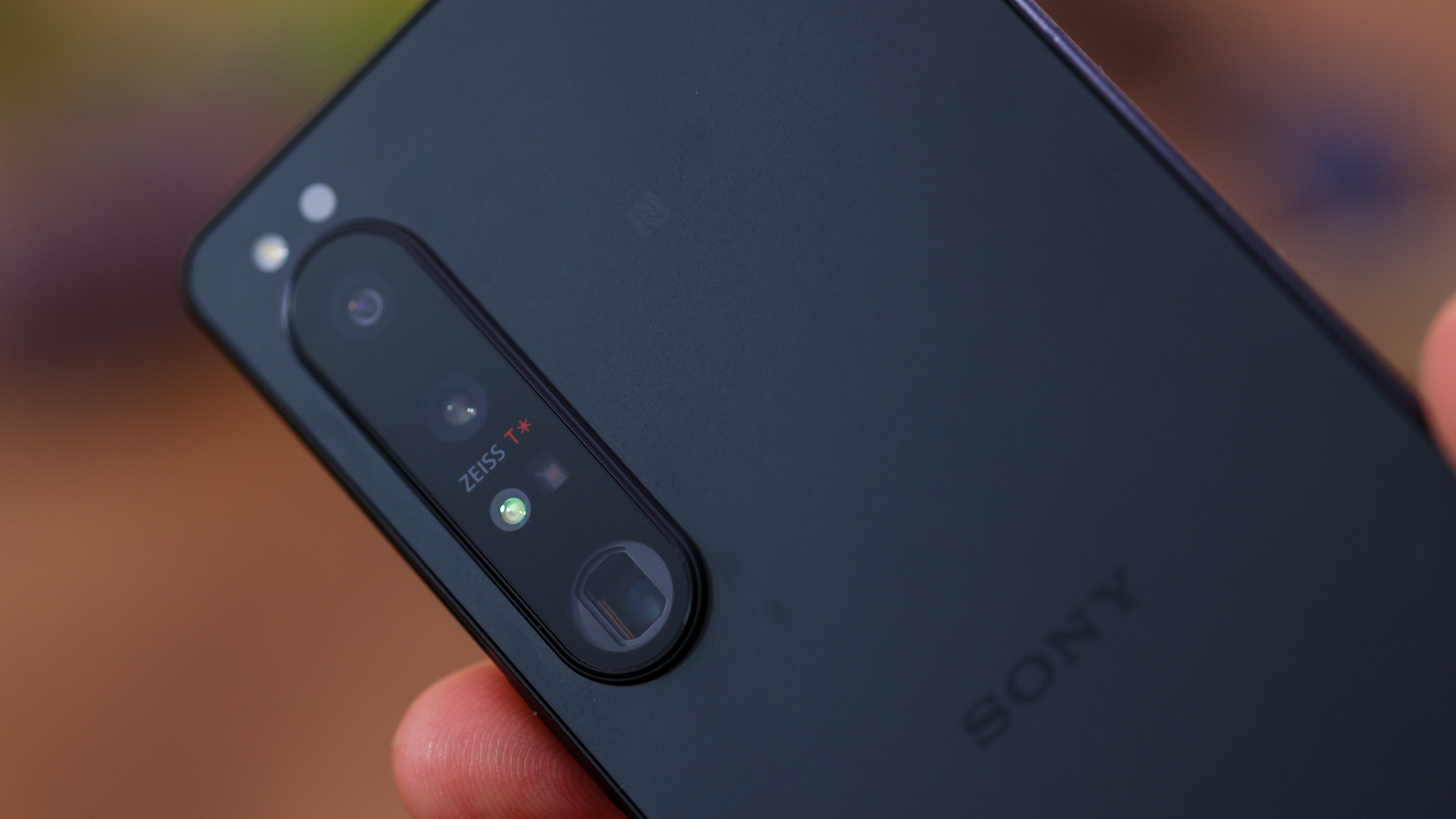
Most impressive is the periscope telephoto camera, which features a variable aperture from f/2.3 at the widest angle of 85mm, through to f/2.8 when zoomed in at 125mm. The periscope system sits horizontally along the back of the phone (when in portrait orientation) and its moving parts are protected by a metal casing. This isn't the first Sony phone with a moving periscope system. The Xperia 1 III could switch between two focal lengths. But the Xperia 1 IV is the first smartphone to be able to continuously zoom between them. Powering the periscope is a 12MP 1/3.5-inch sensor, though the specific sensor details are murky at this stage.
Another world-first, all the rear cameras can shoot in 4K resolution at up to 120fps (using the Video Pro app). They also all have autofocus, though none offer macro-grade close-up photography.
Sony's selfie camera game has been weak in the past. The brand's gotten away with recycling the same tiny 5 or 8MP sensors year after year across phones despite the rise of the vlogger. Finally, in the Xperia 1 IV, Sony's upgraded its selfie camera to a 12MP sensor. While it misses out on autofocus, it features a larger sensor and can record 4K footage (30fps), up from Full HD on the Xperia 1 III.
Sony Xperia 1 IV: Camera apps
With three camera apps, this Xperia 1 IV review's camera software component needed its own section. None are new, but each is nuanced, and they consist of Photo Pro, Cinema Pro, and Video Pro.

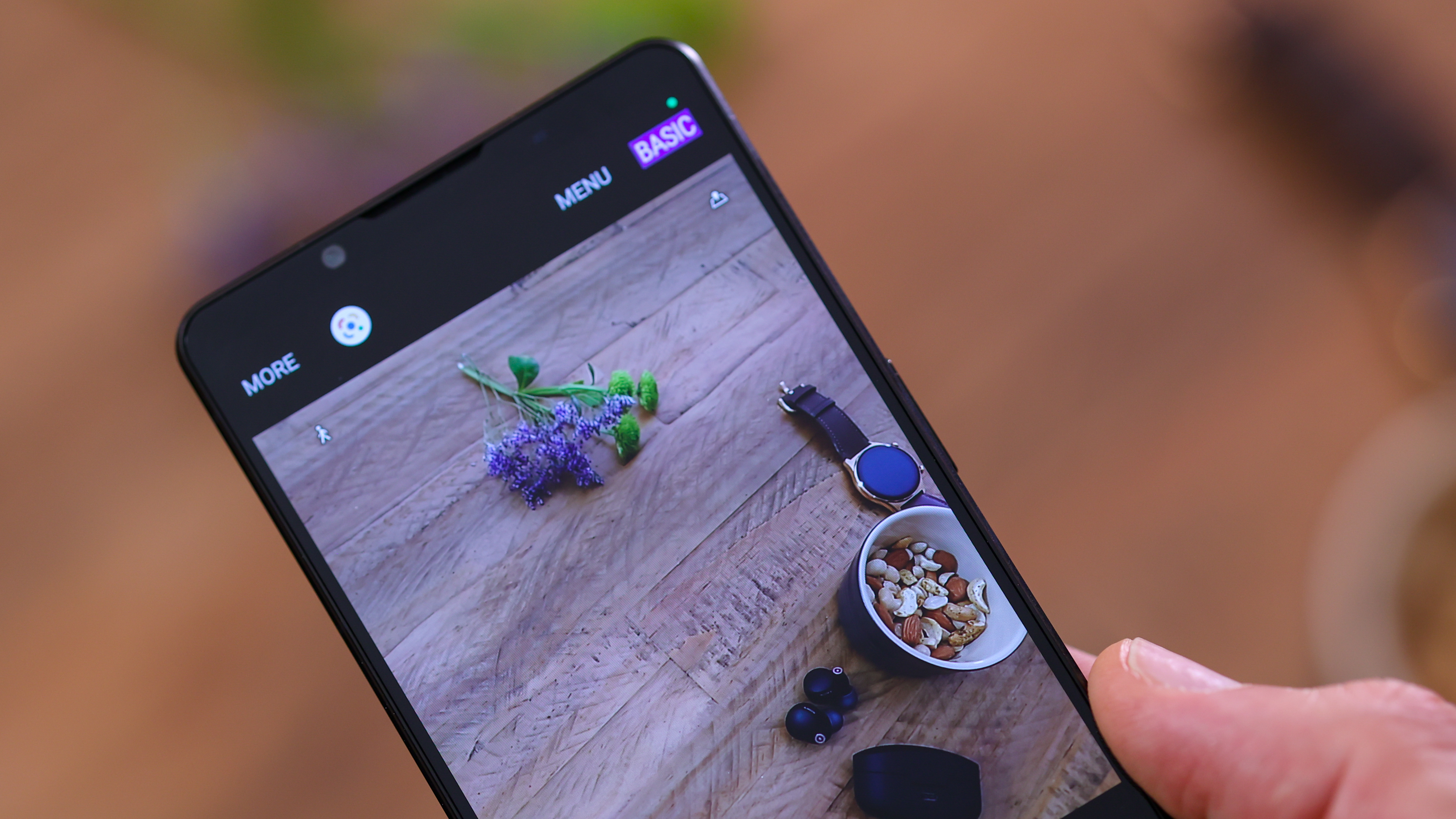
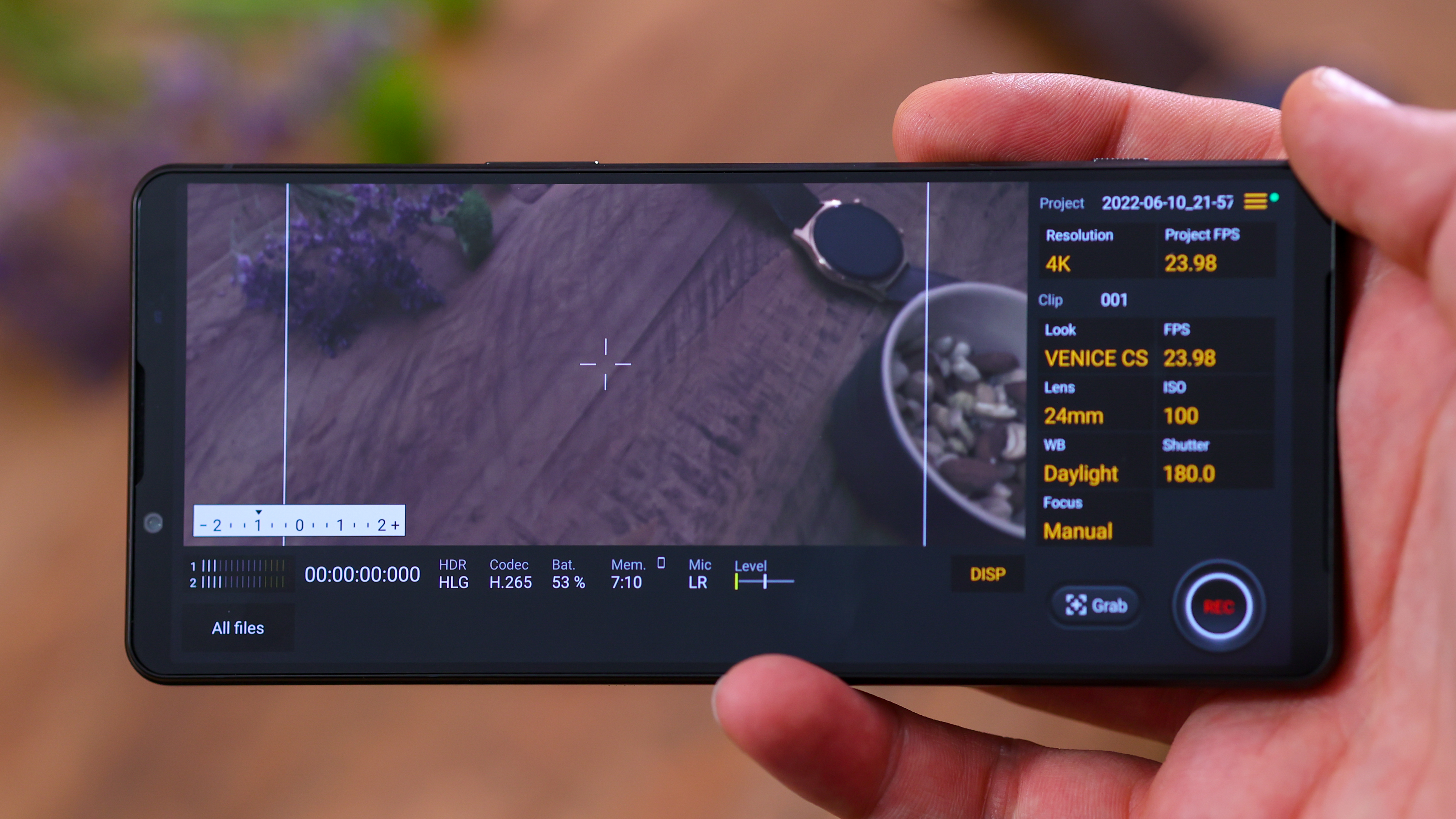
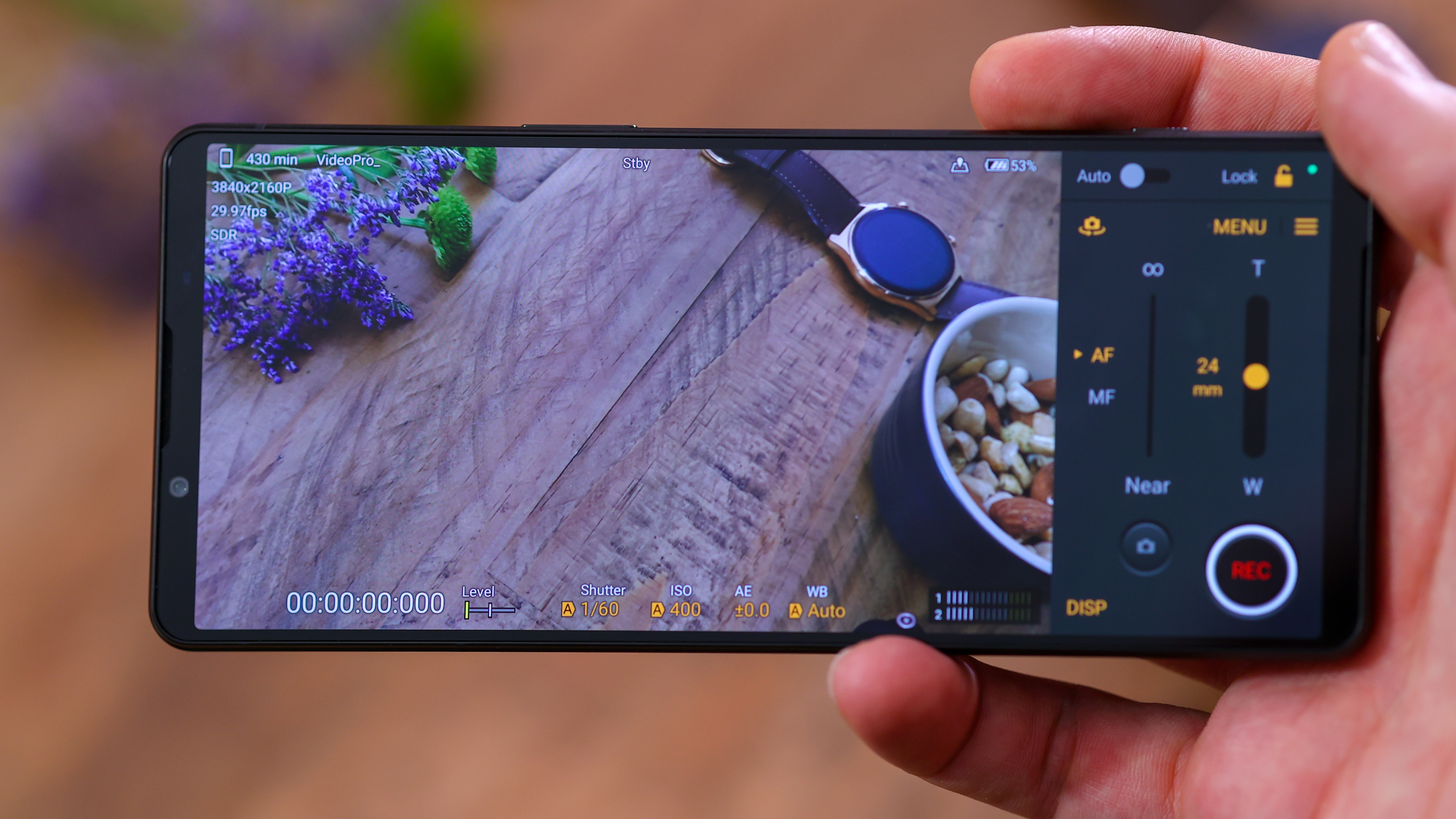
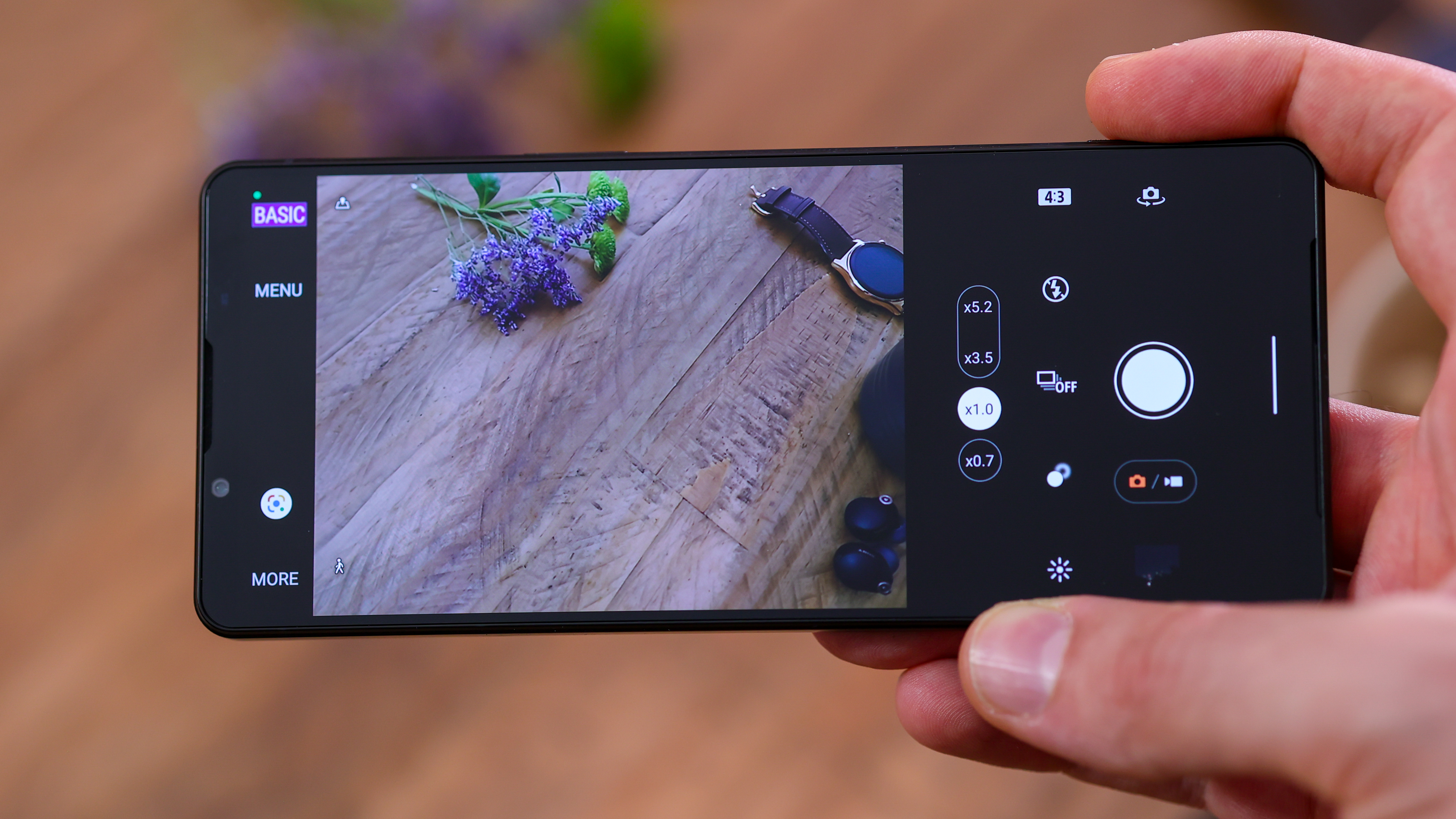
Photo Pro is the phone's default photography app, and features a Basic mode that it always opens into. This is the only photo mode that has an on-screen shutter button. The rest use the physical shutter for that Alpha experience. Basic mode's also where you'll find bokeh mode for portrait-style shots, and shortcuts to Drive mode, exposure control, flash control and more creative modes.
The remaining modes include:
Auto
Automatic exposure, control over focus mode, Eye AF, drive mode, and RAW capture, but not much else.
Programme
Automatic shutter speed and ISO, but full control over metering, HDR, format, focus, white balance, drive mode and more.
Shutter speed priority
Adds shutter speed control to the elements Programme mode unlocks.
Manual
Unlocks both shutter speed and ISO control in addition to the elements covered by Programme mode.
MR
This allows you to set manual settings and save them, sort of like a Custom button on a digital camera.
As for the Cinema and Video Pro apps, Cinema Pro shoots 21:9 video with color profiles that can be easily edited, with control over shutter angle and much more. Meanwhile, the Video Pro app is a middle ground that captures shareable video with manual control and even taps directly into streaming services by way of RTMP.
Sony Xperia 1 IV camera review
We love Sony's color science on the Xperia 1 IV, especially on photos shot in daylight or bright environments. Noise is kept low, saturation strikes a balance of natural and dynamic, and white balance helps all the cameras feel cohesive, like part of a whole. There's a fair amount of contrast applied to photos, as well as some sharpening, and we'd say these are the areas that might prompt you to shoot RAW. Still, compared to many smartphone cameras, Sony has exercised both mastery and restraint in equal measures when tuning the Xperia 1 IV's primary camera.
Despite the whole suite packing 12MP resolution, thanks to its bigger sensor and more open aperture, the main camera captures the most detail and dynamic range too.
The ultra-wide and telephoto cameras aren't bad, especially in well-lit scenes. Detail throughout the 85-125mm zoom range isn't too dissimilar in bright environments, which is excellent, though darker settings challenge it at its furthest zoom range. And the fact the ultra-wide camera supports autofocus means it can capture objects under a meter away – besting most of the competition on that front.
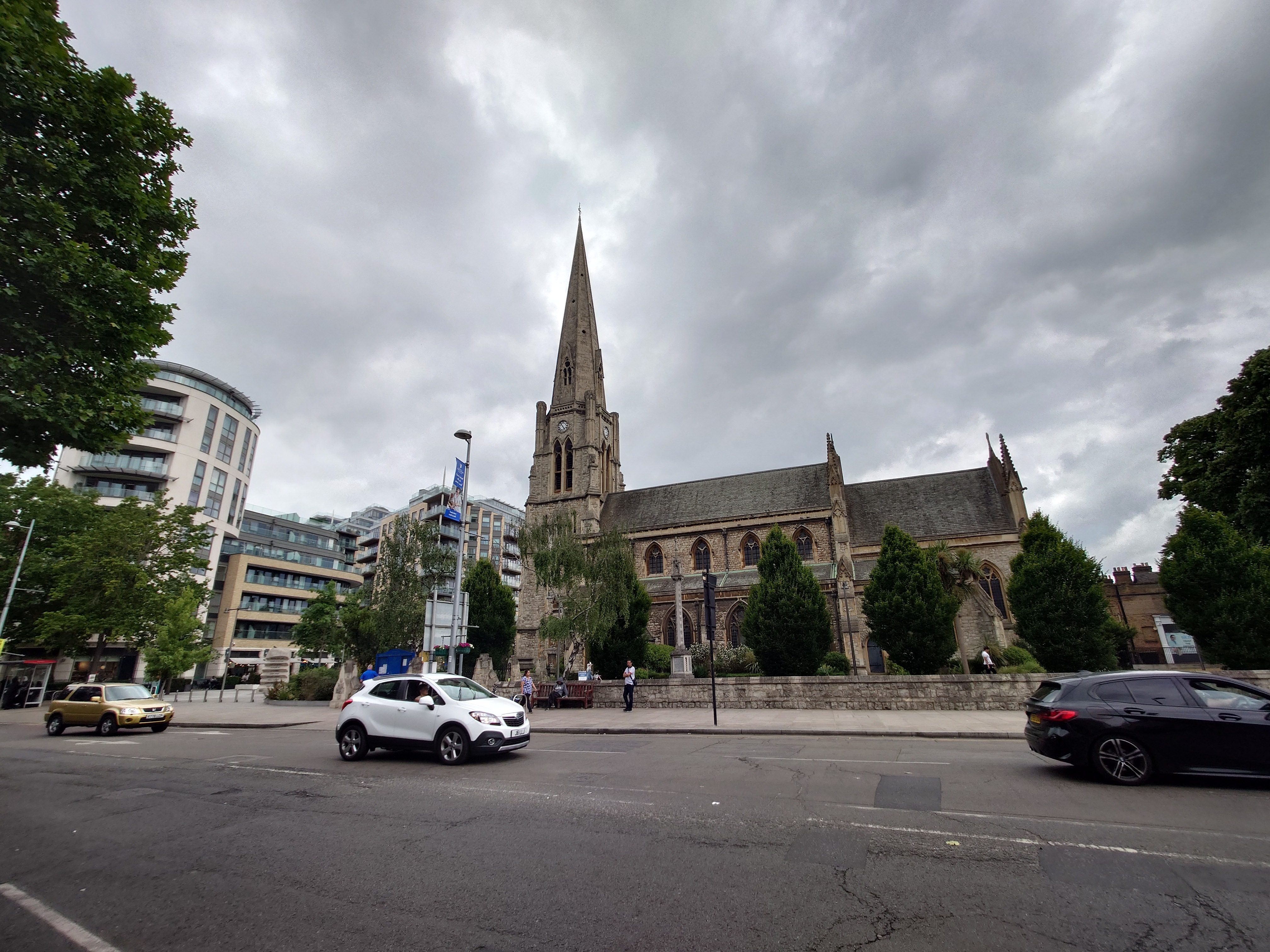
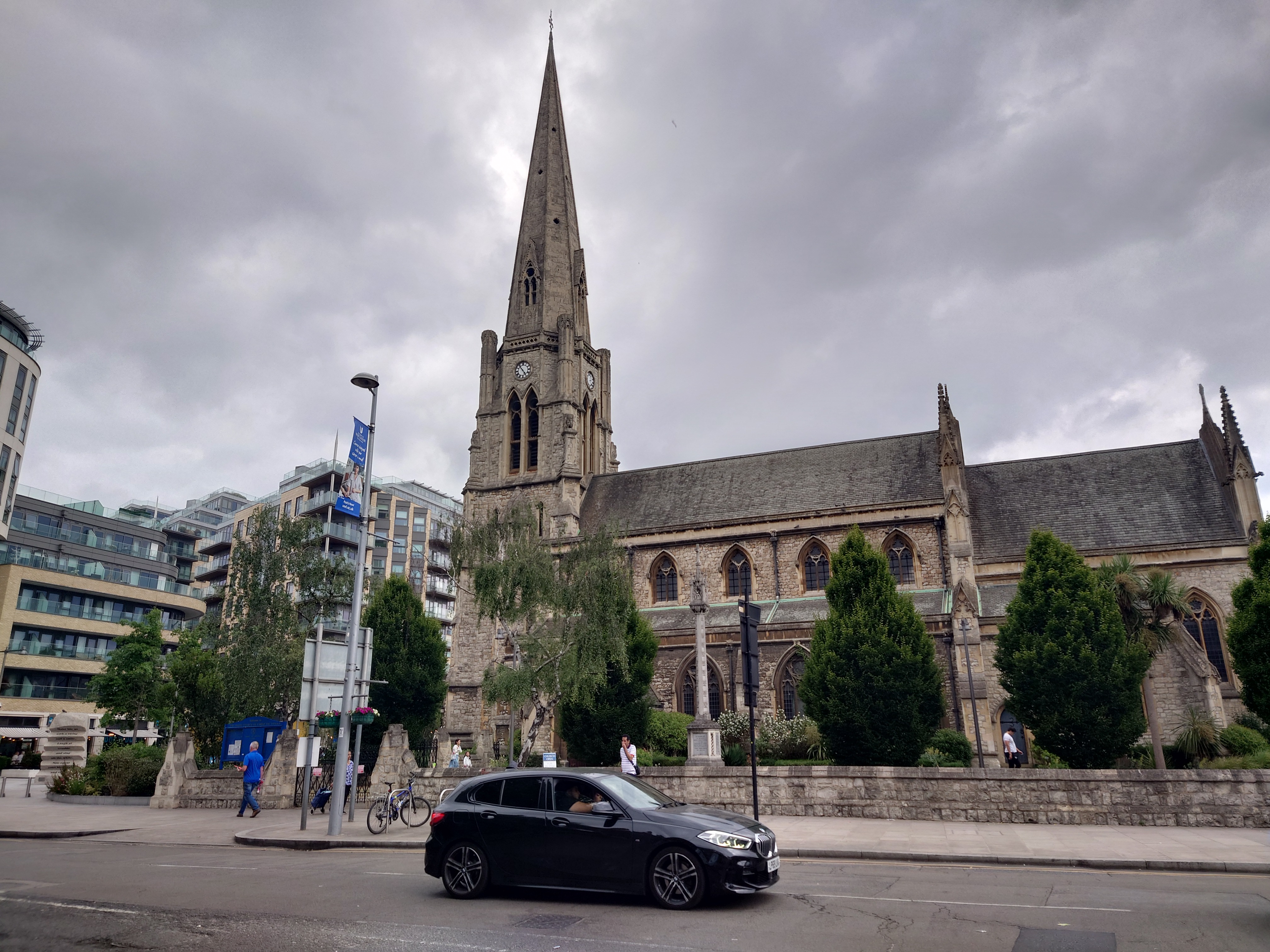



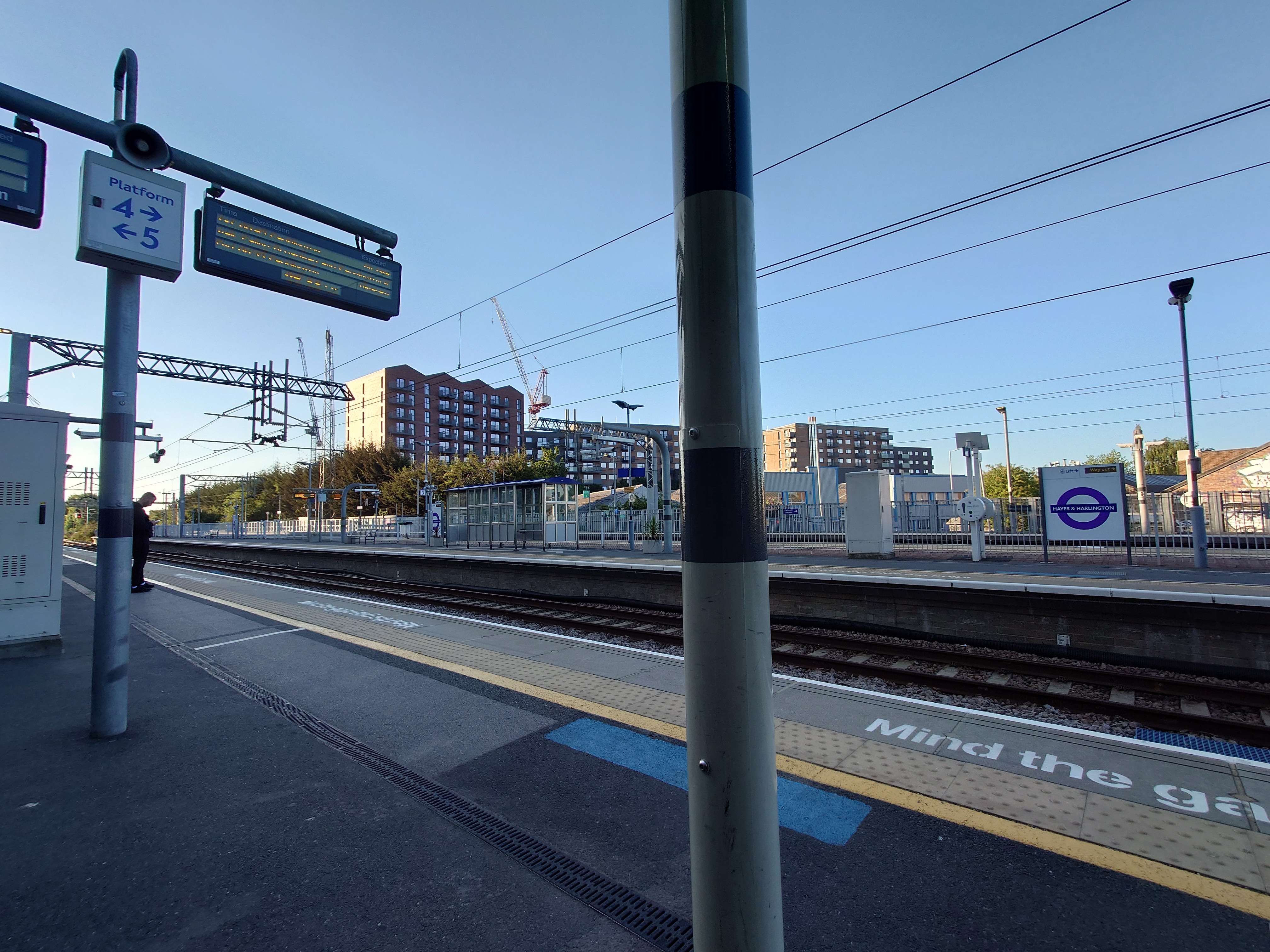
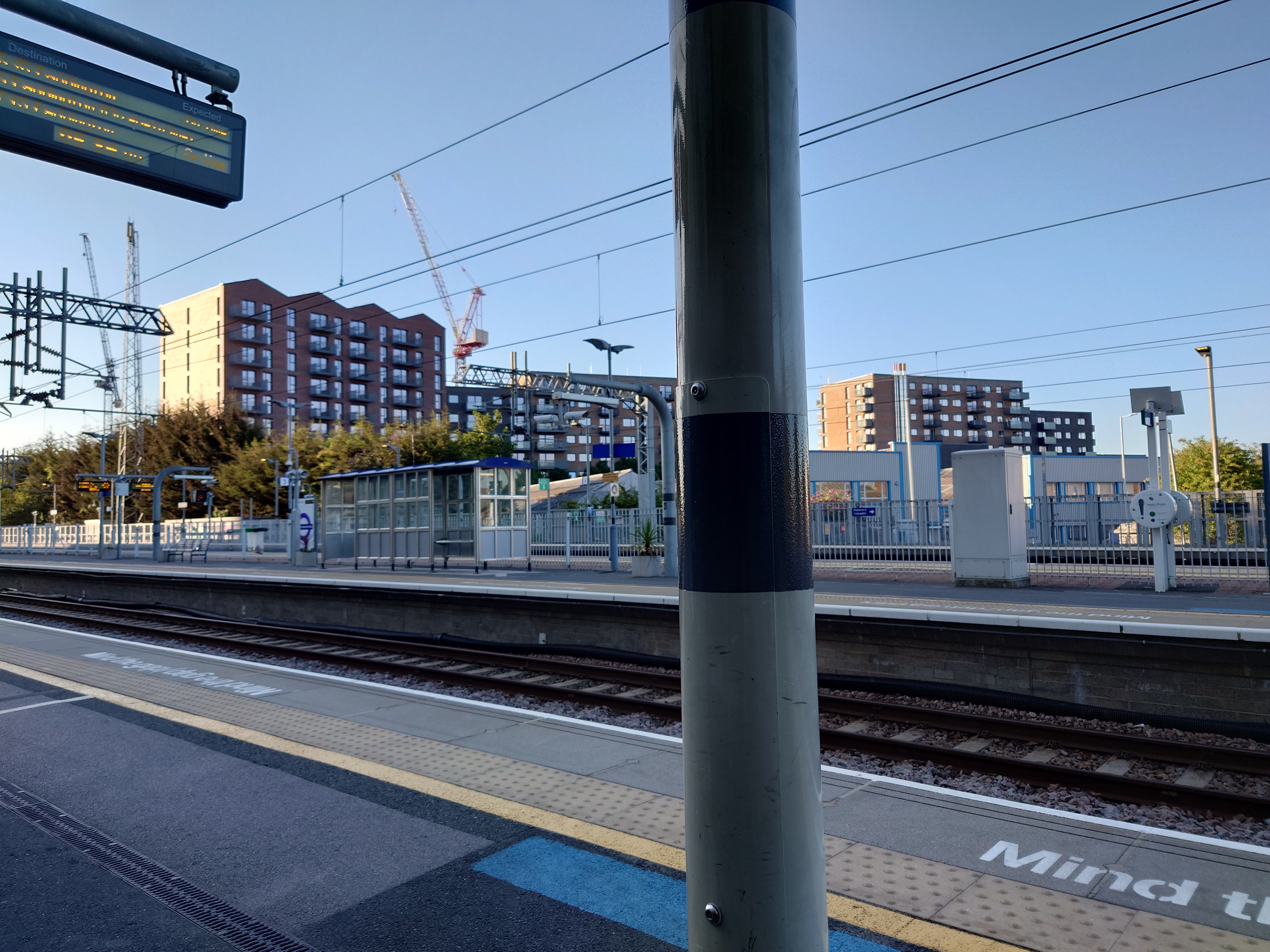
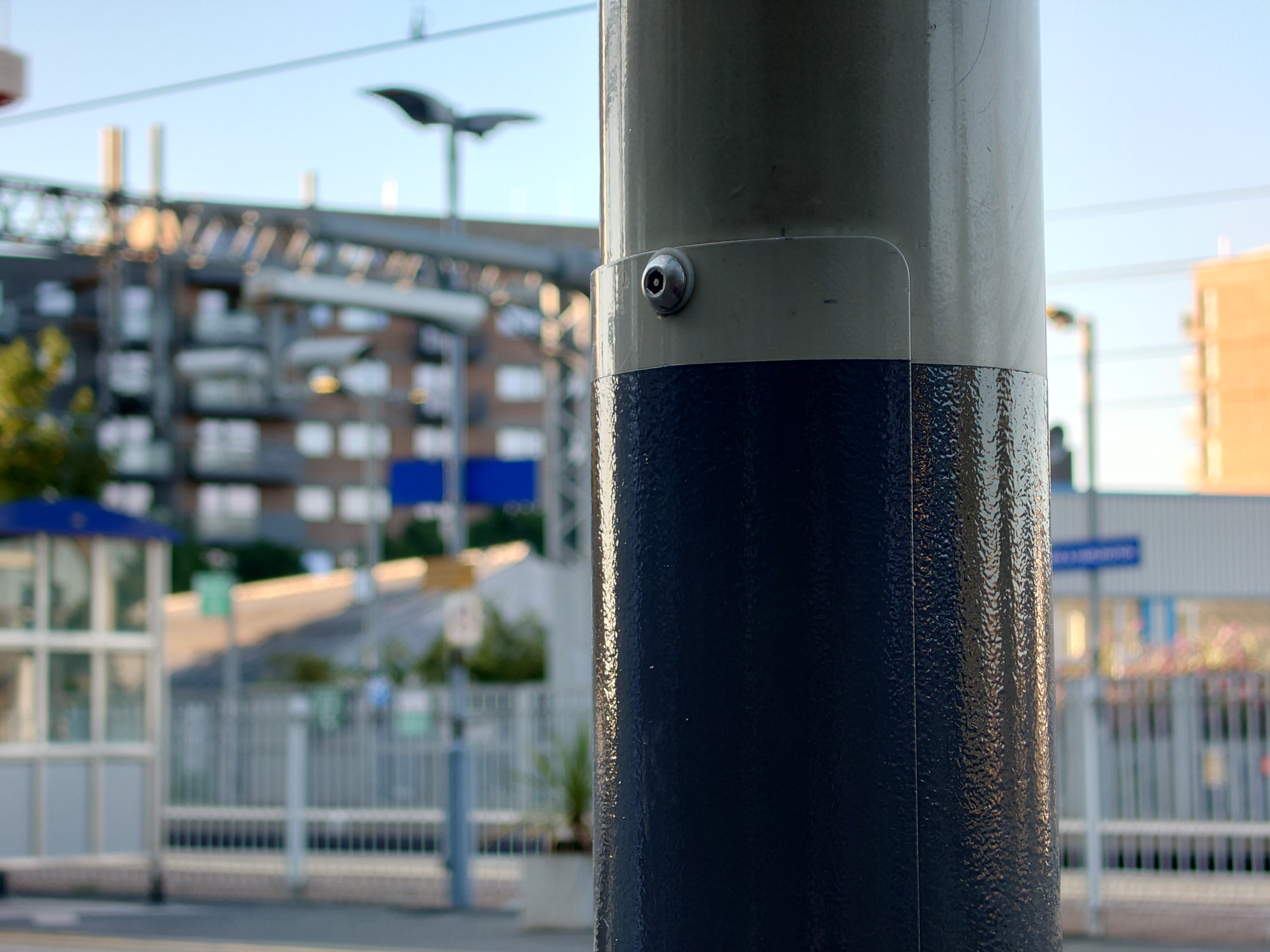
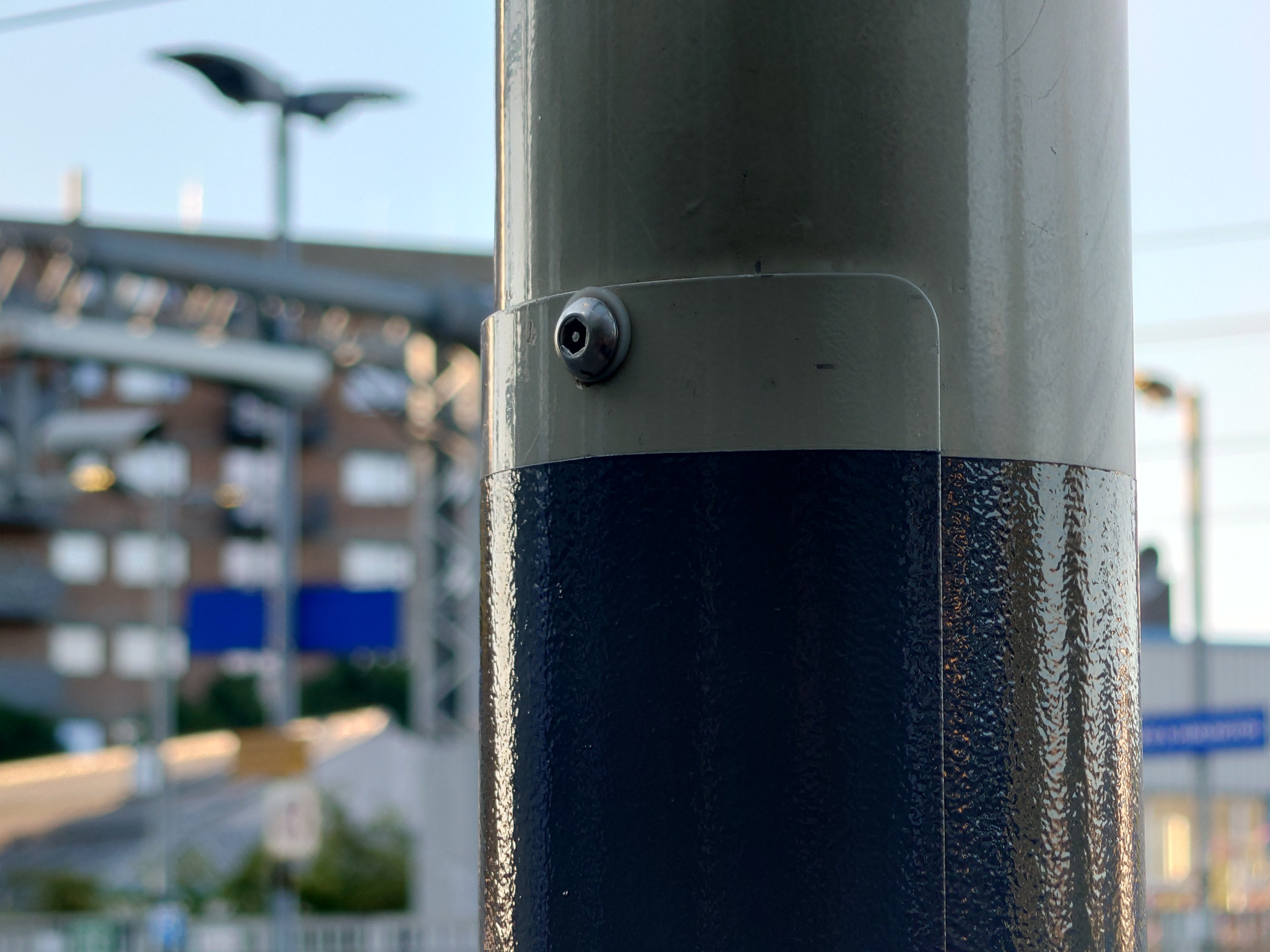
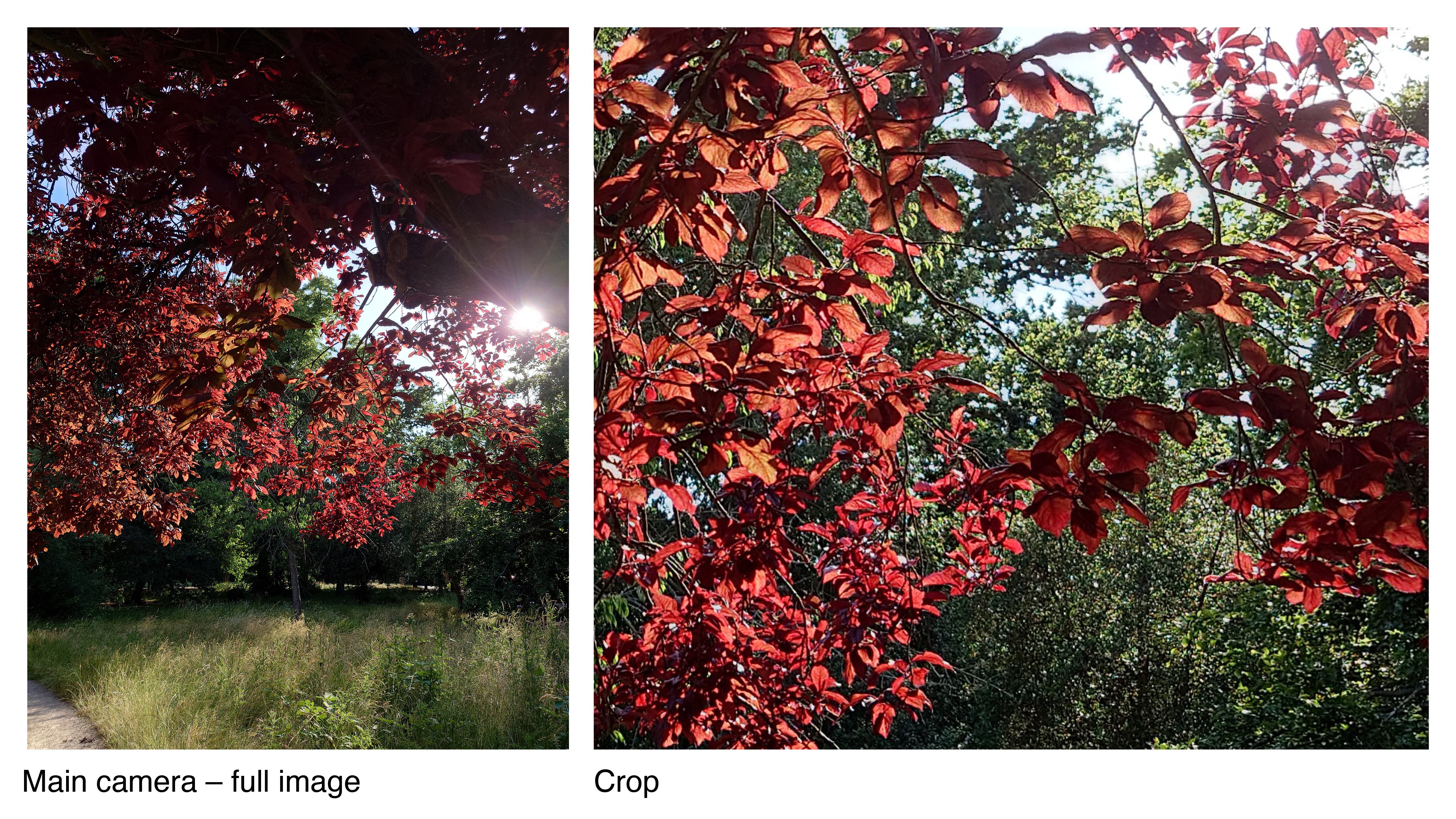
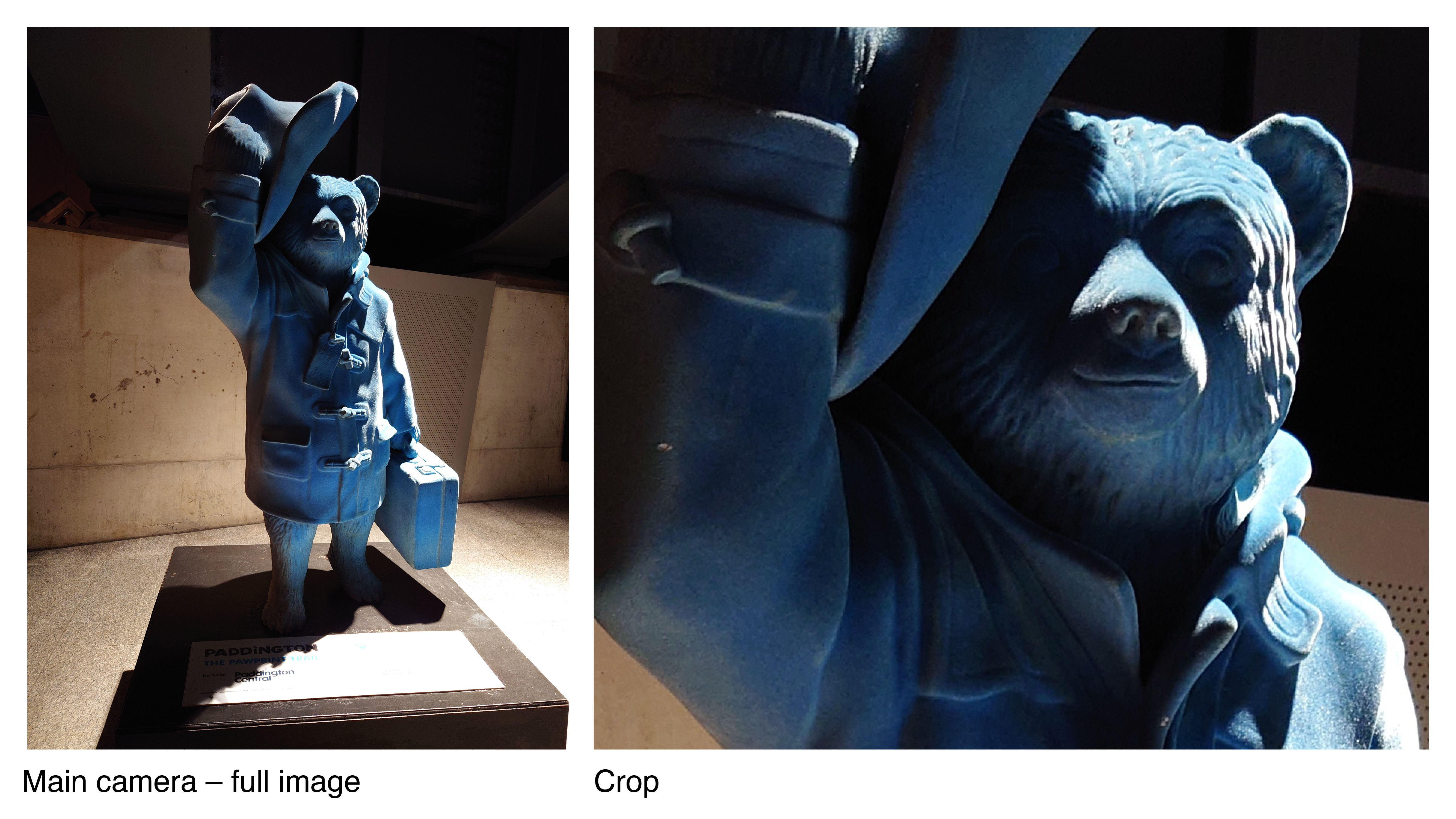
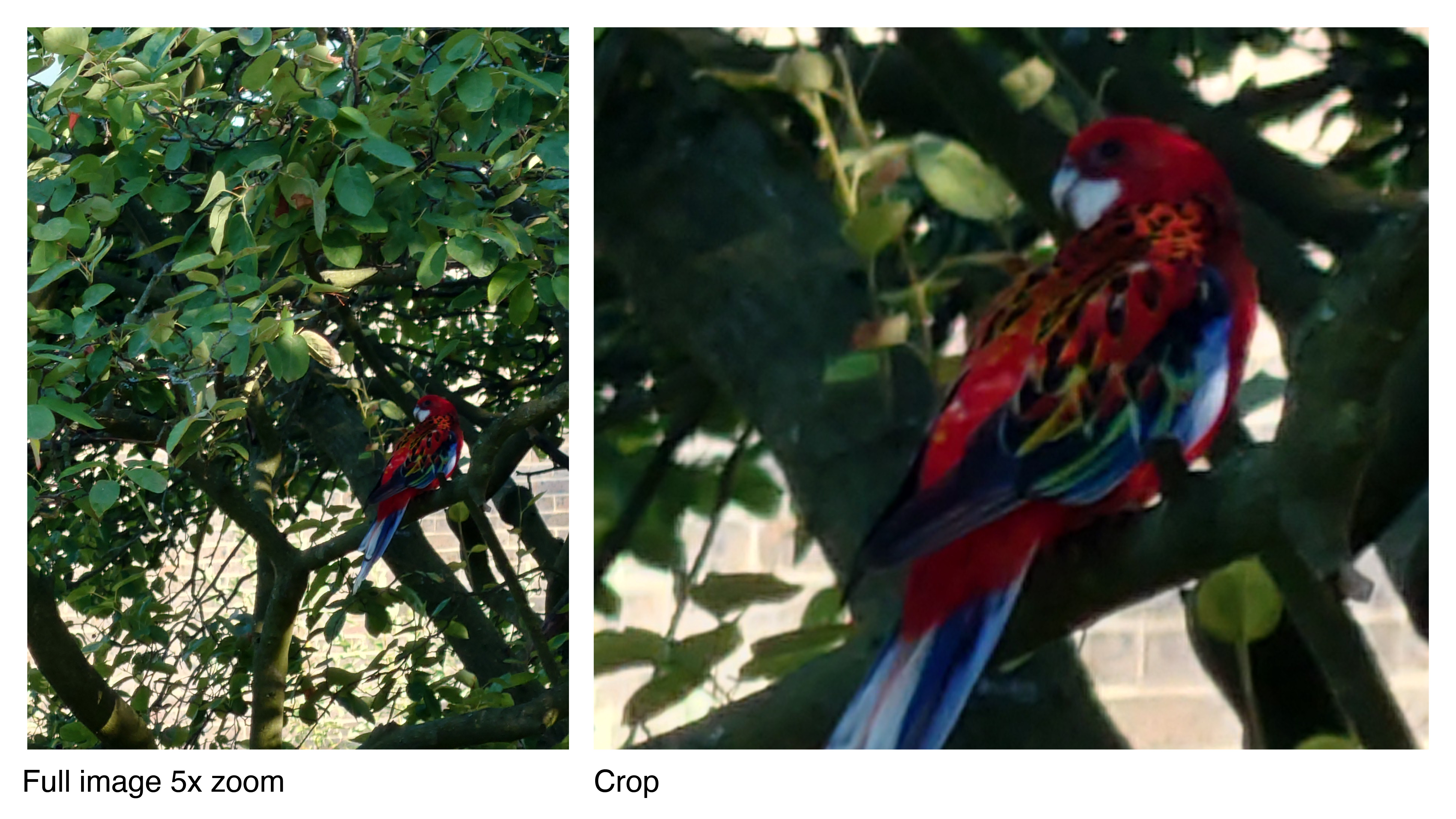
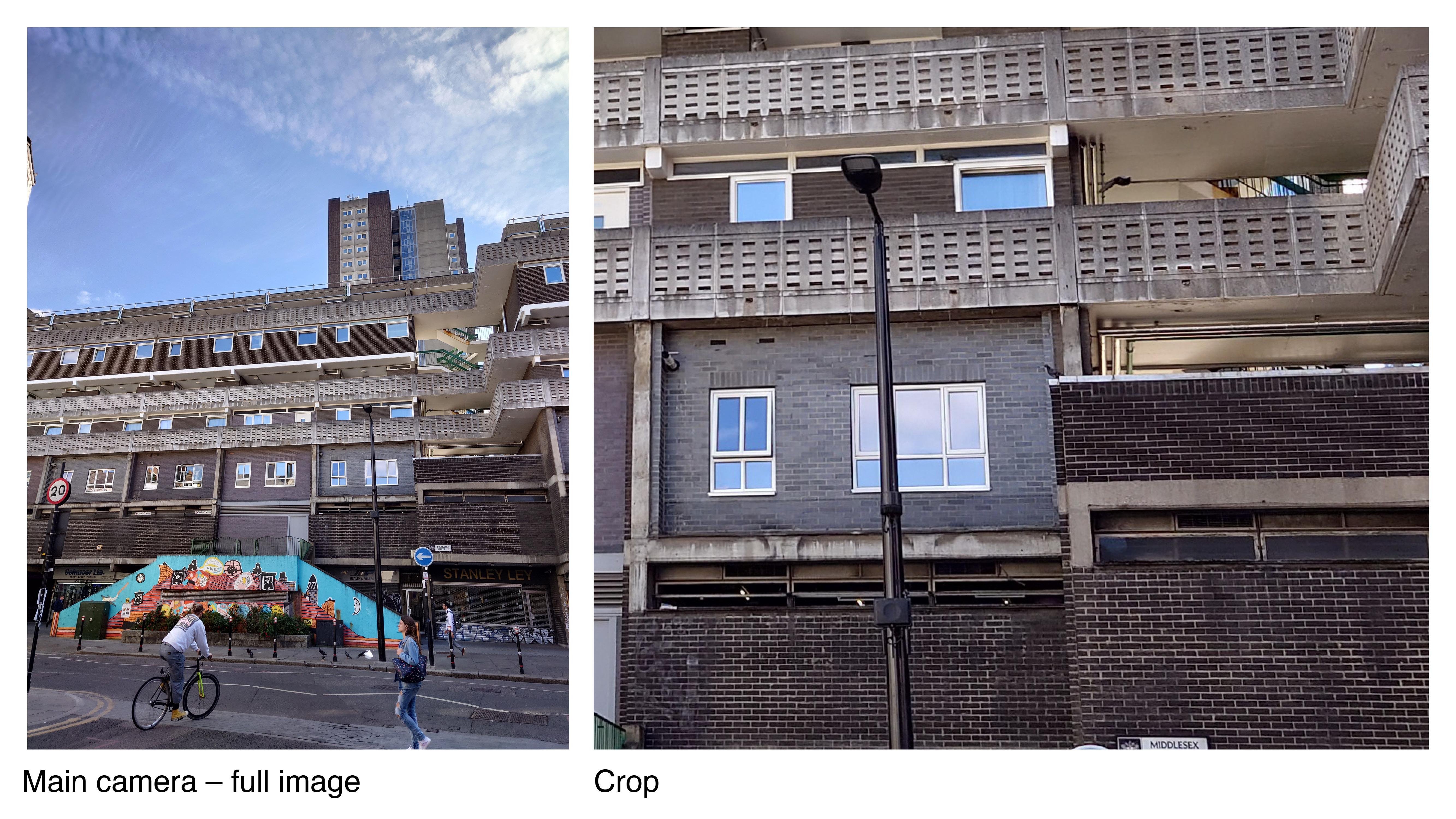
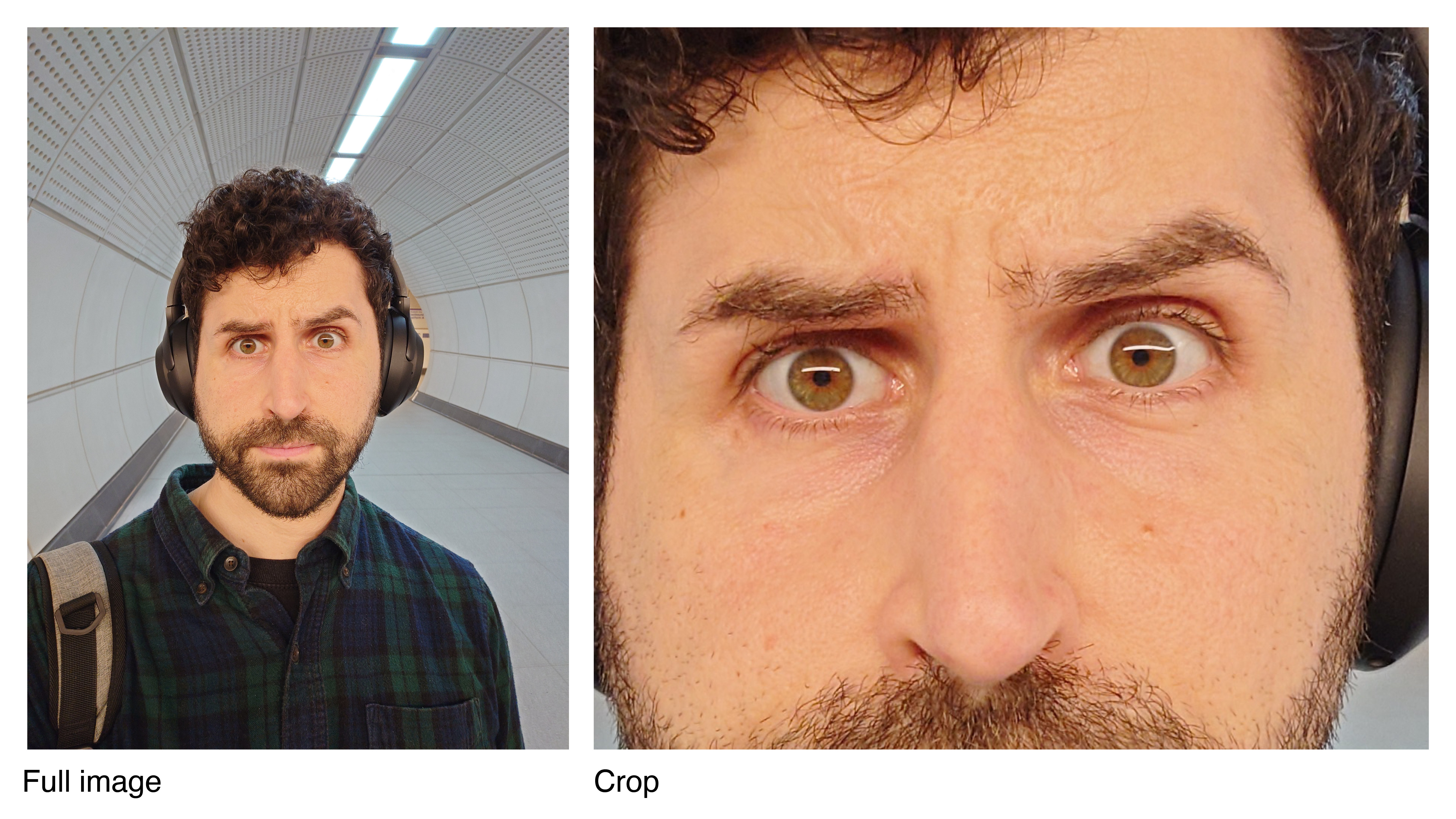
There are a couple of modes missing on the Xperia 1 IV that we've come to expect from smartphones today. The first is night mode, which appears to be present but unselectable – its main camera activates it in poorly-lit environments, clearly working some bracketing magic to pull out detail in the dark. That said, the secondary cameras don't benefit from it, and this really hurts the point-and-shoot appeal of its ultra-wide and telephoto additions.
The second core missing feature is a good portrait mode. Yes, there's a Bokeh mode which you can activate if you know what the icon in Basic mode looks like – but it isn't great, despite the time of flight sensor.
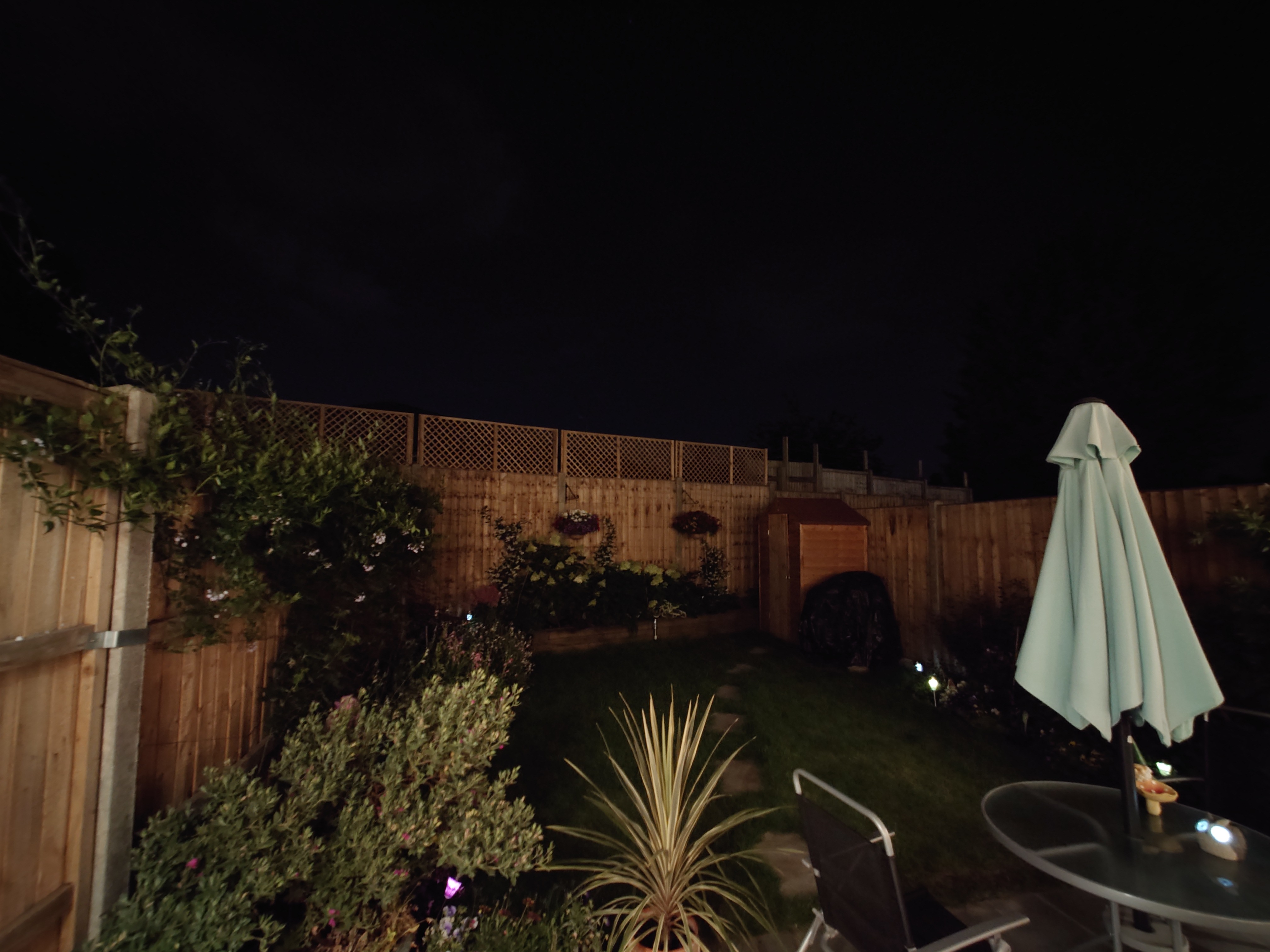
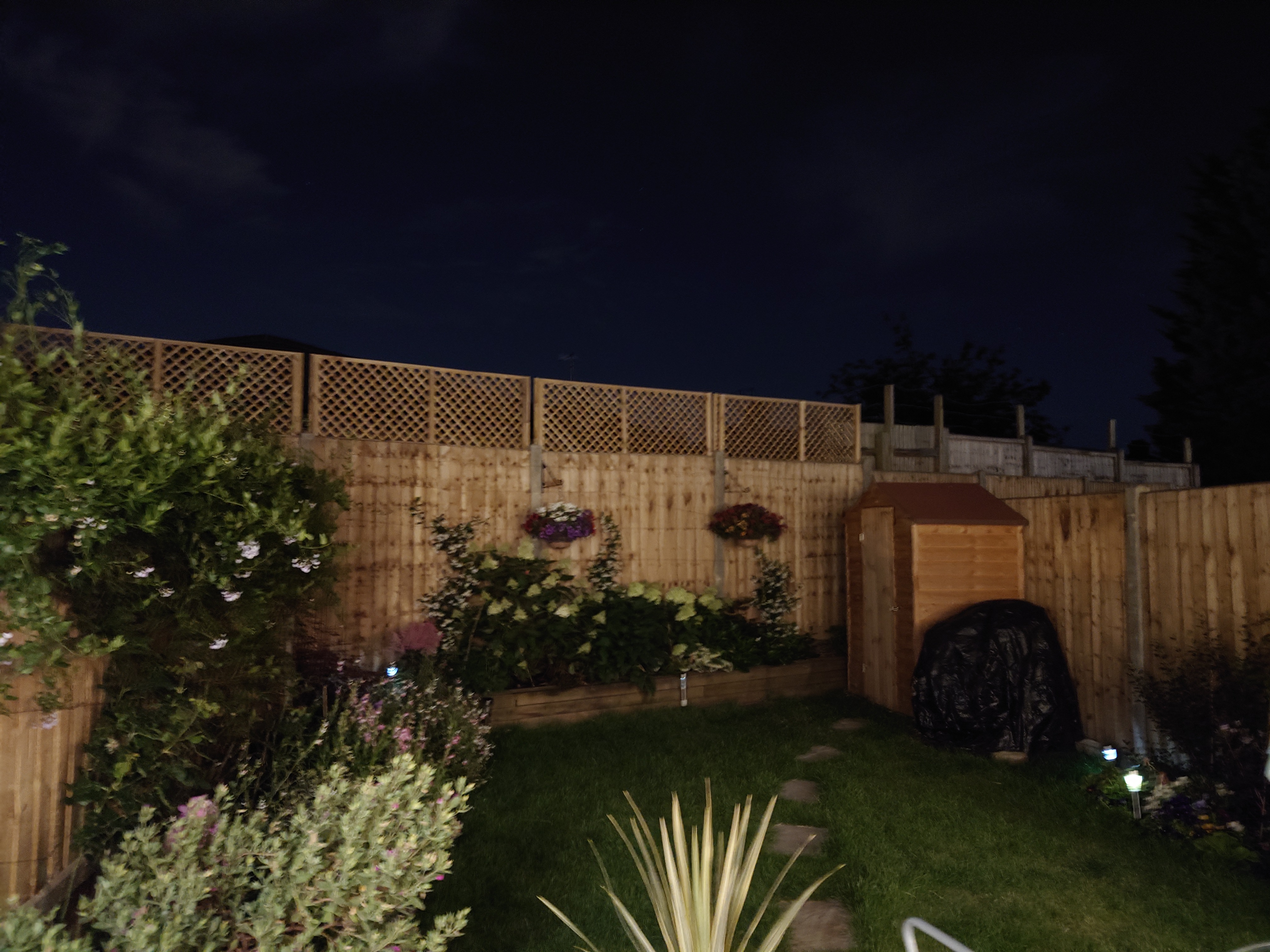
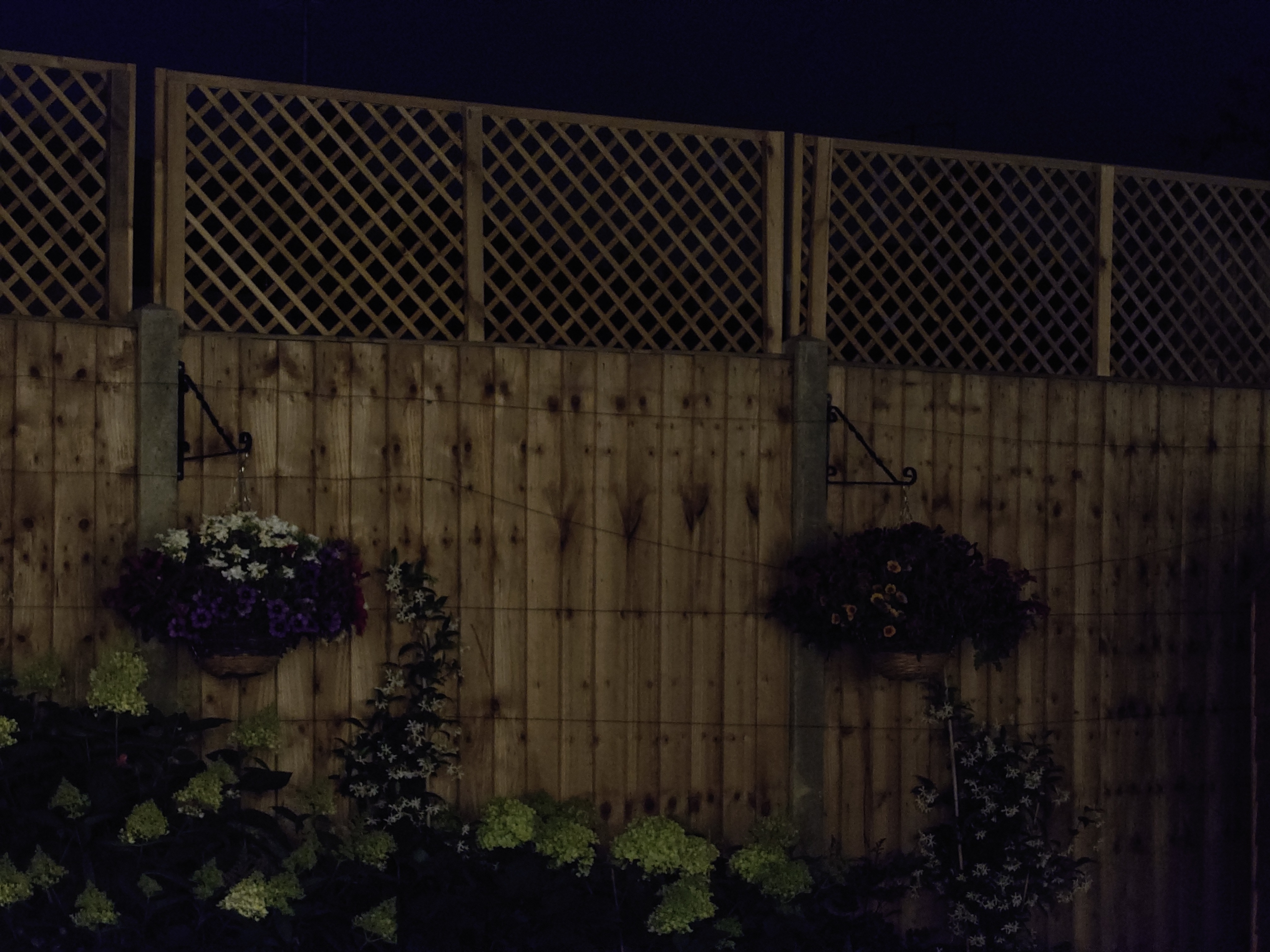
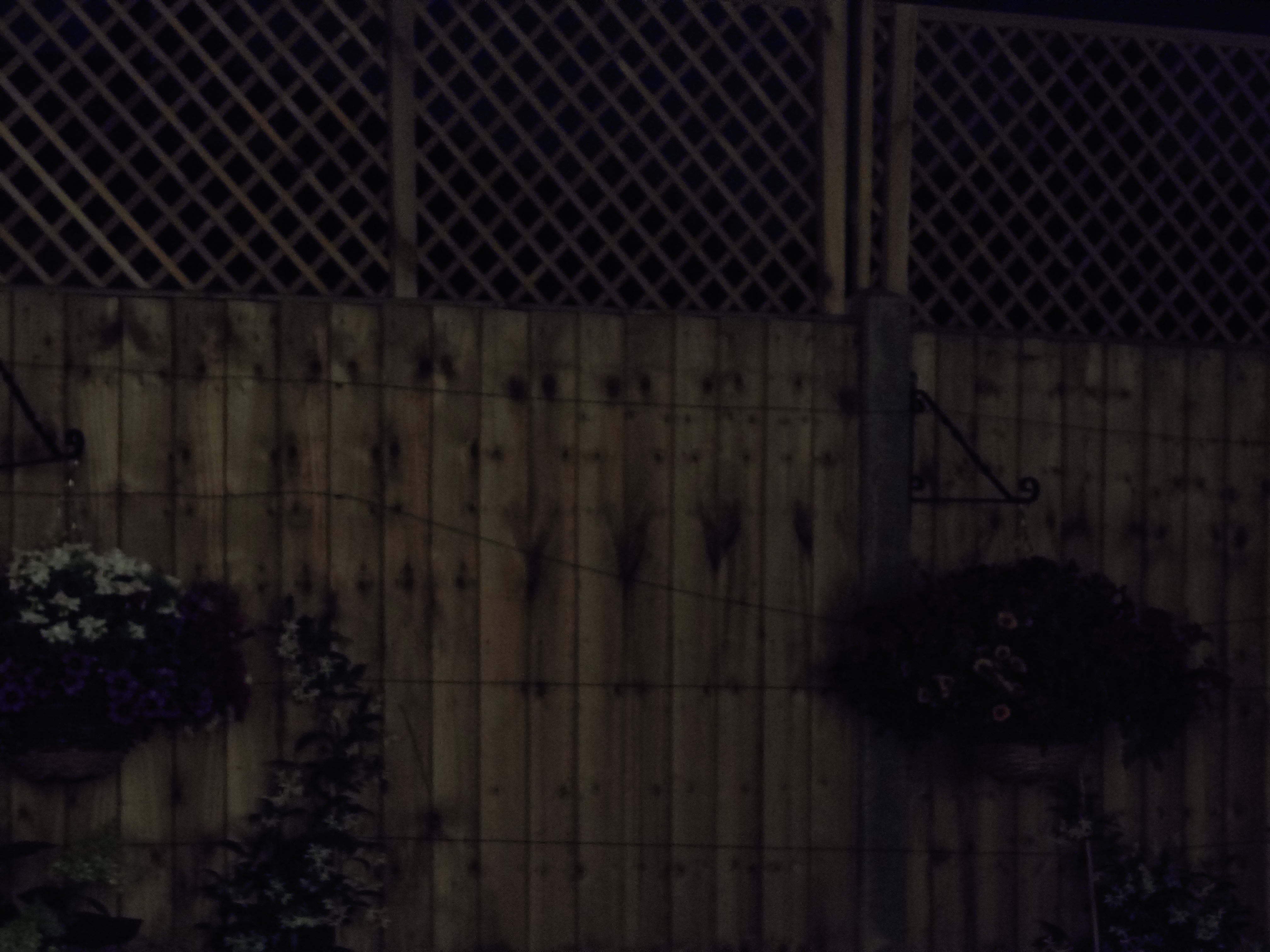

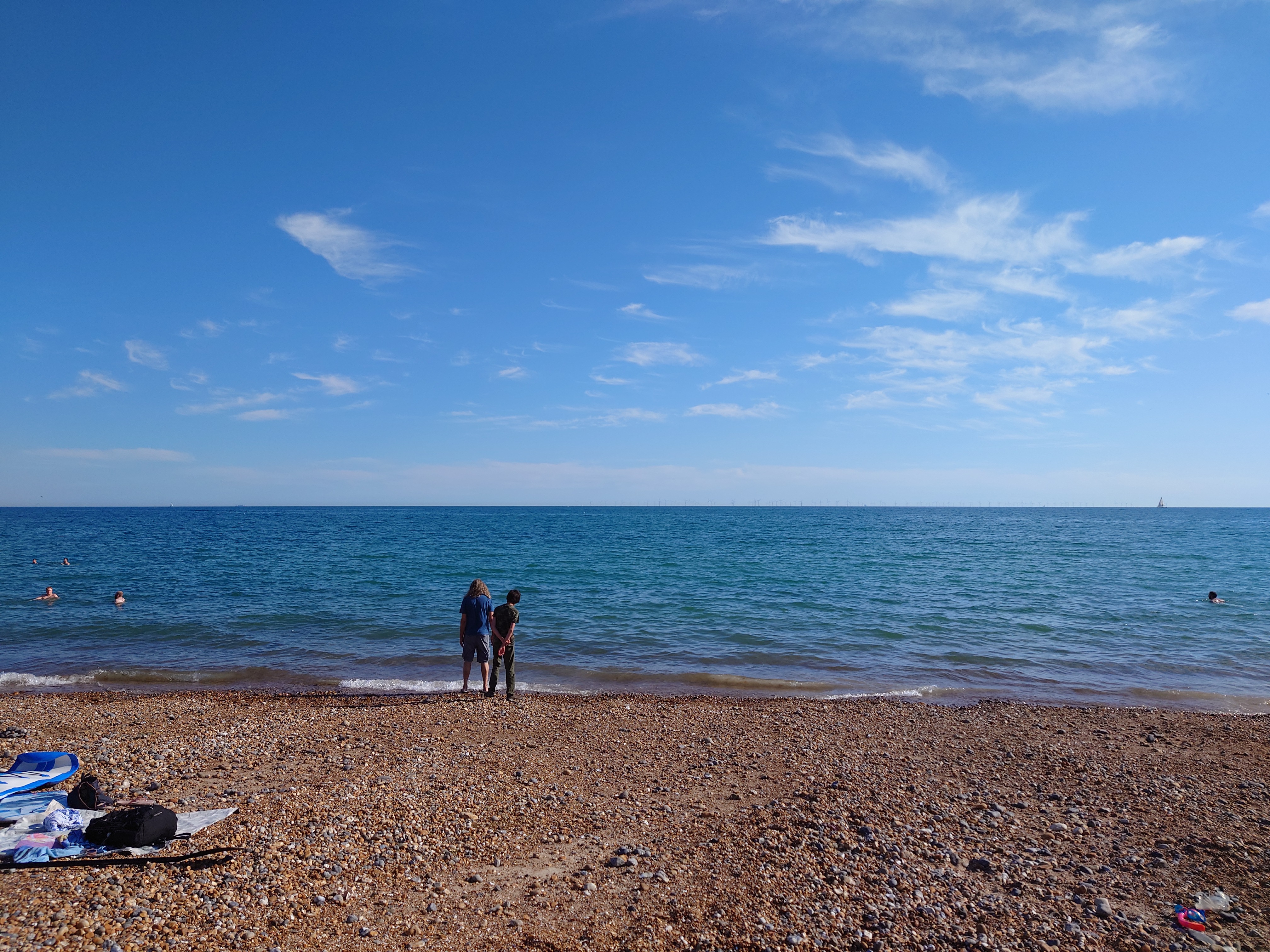


Despite these missing modes, low light photography using the main camera is a treat – you can capture real nuance, and noise is kept low. Considering the size of the main camera's sensor, the results are better than we expected, so it's a hat tip to Sony's processing once again.
The Xperia Pro's video capture also impresses, with the 4K footage captured at up to 120fps across all three main cameras looking crisp and smooth. Image stabilization from the phone is impressive, and if you feed it good light, you'll get near best-in-class results. When the lights drop, it, unfortunately, can't keep up with some of the best phones from Samsung and Oppo at brightening up night video, especially from the secondary cameras, which miss out on discernable detail.
The most frustrating aspect of the Xperia 1 IV's photography and video capture experience was heat management though. We reviewed it during a heatwave in London, and the phone overheated after between five to 15 minutes of continuous recording depending on the ambient temperature. Now, this isn't anything new on phones or cameras – the Canon EOS R5 and EOS R6 are still excellent, overheating powerhouse mirrorless cameras. That said, it is worth considering if you're picking up the Xperia 1 IV for filmmaking projects.
While the new selfie camera gets a big thumbs up with its superior photos and videos across lighting environments, we wish it didn't crop so aggressively when shooting video. I'm a tall guy – 193cm, and even with my long arm, I struggled to keep my face in the frame while walking and talking.
Additional specs
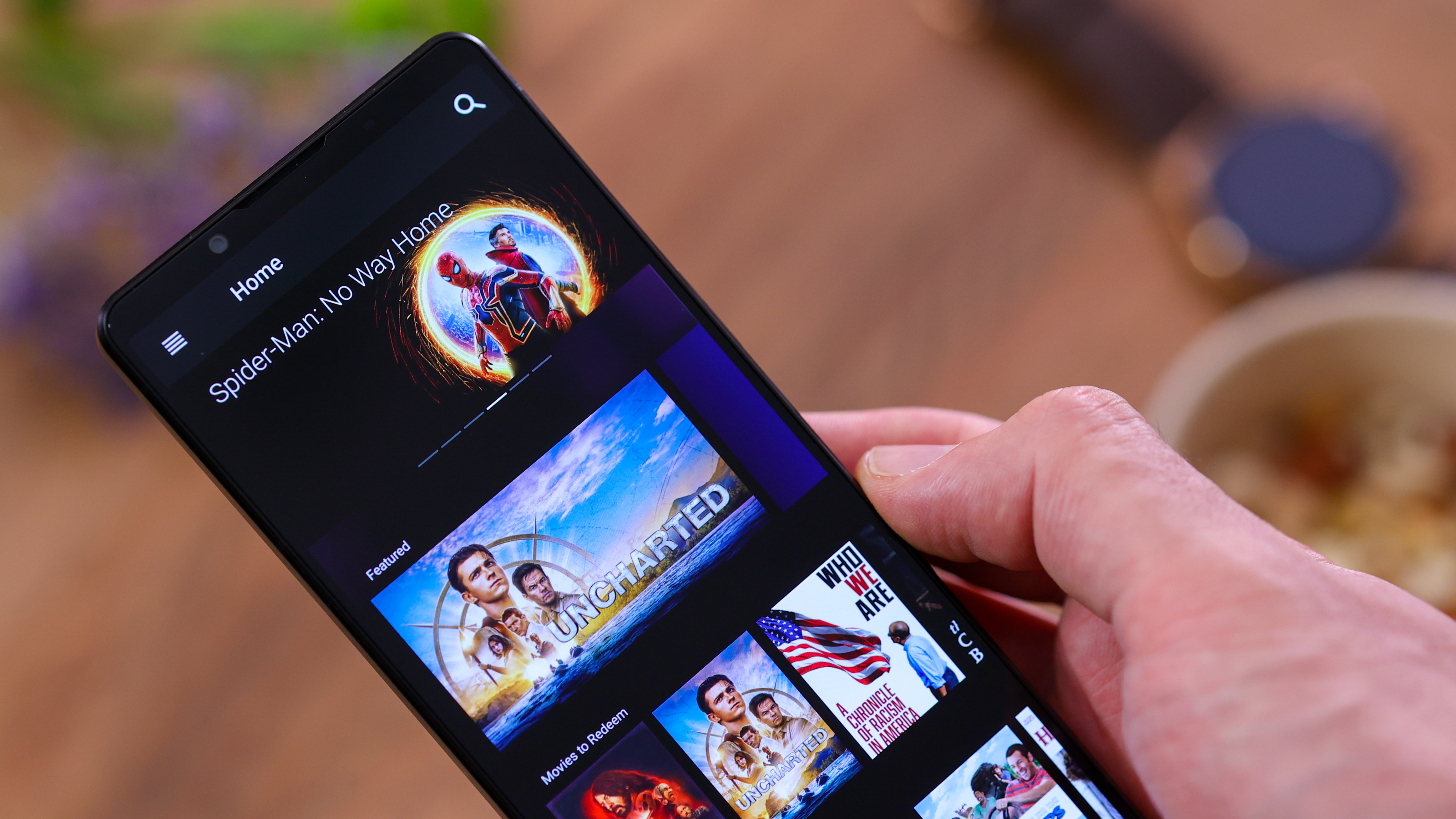
With a Snapdragon 8 Gen 1, the Xperia 1 IV packs predictably flagship power, though it isn't the most powerful phone around. That would be the ROG Phone 6, with its newer Snapdragon 8+ Gen 1 chip.
We experienced no slowdown in our time with the phone, and Sony's UI looks slick and relatively stock, though did run into some minor bugs. The camera app failed to save a couple of photos, though a restart fixed this and brought our old photos back into our gallery from the digital beyond. The interface also had a bit of ghosting in the notification bar until we switched apps several times.
With 12GB RAM and 256GB storage (plus up to 1TB expandable storage), both multi-tasking and having space for your favorite apps shouldn't be an issue. Sony makes it easy to multitask two apps split-screen with its sidebar, which you can tap into view and mix and match the pair you want to launch easily. The UI also supports floating apps too – so there are lots of ways to try and do lots of things at the same time.
With its large 5000mAh battery, the Xperia 1 IV enjoys the same battery capacity as the flagship Galaxy S22 Ultra, and also supports moderately fast charging up to 30W (charger sold separately), and wireless charging.
11 hours and 35 minutes of screen-on time took the battery from 80 to 20 percent, which means you'll likely get a day out of the phone but unlikely two. That matched up to our experiences, clocking in with around 20 percent remaining battery by roughly 7PM after a 6 AM start.
Verdict
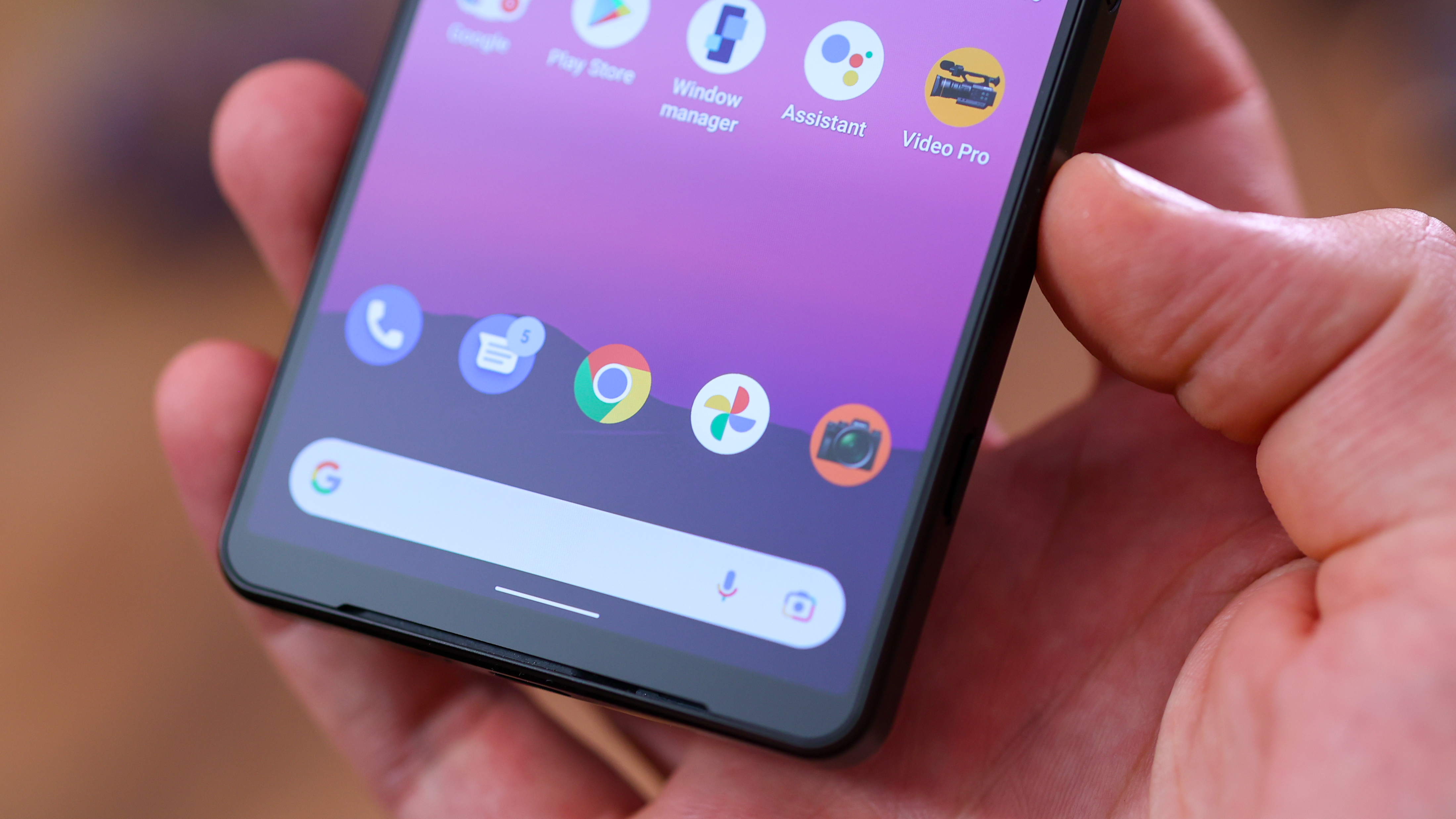
The Xperia 1 IV is expensive, and that sets our expectations for the phone very high. With camera modes designed to tickle photography enthusiasts, there's a huge amount to love here. Sony's color science, the amount of control you get over your photos and videos, and the main camera's quality across lighting conditions – it's all very impressive. It doesn't hurt that the phone looks great and has an improved screen. Oh – and that world-first continuous optical zoom. Let's not forget that feat of engineering genius.
With exciting phones like the Xiaomi 12s Ultra on the horizon with its huge sensor, we can't help but feel we wanted a bit more from Sony this time around. We get it – this year, the focus has been placed on the groundbreaking periscope tech – but would a night mode across all the cameras, or decent portrait mode really have gone amiss? Enthusiasts can ignore these gripes – just whack on a long exposure, bracket shots, or step back and shoot with the 85mm camera for some natural depth. Sony doesn't just make phones for enthusiasts, though – and even camera pros want a shortcut now and then. I know I do! It's also a real shame the phone gets so hot under the collar, and we've been testing it during a heatwave.
So yes, the Xperia 1 IV is an excellent camera phone and a beautiful demonstration of Sony imaging and smartphone divisions making sweet magic together. This phone will likely be relegated to the pockets of Sony fans and photo and video enthusiasts with a fair bit of cash – it definitely isn't the most accessible camera phone of the year by a long stretch. In the same breath, it still nears the top of our best camera phones of 2022 list, given everything it can do.
Read more
Best camera phones
Best Sony phones
Best rugged phones
Best budget phones
Basil Kronfli is a freelance technology journalist, consultant, and content creator. He trained in graphic design and started his career at Canon Europe before moving into journalism. Basil is also experienced in video production, independently running the YouTube channel TechEdit, and during his time at Future, he worked alongside the Digital Camera World team as a senior video producer.
